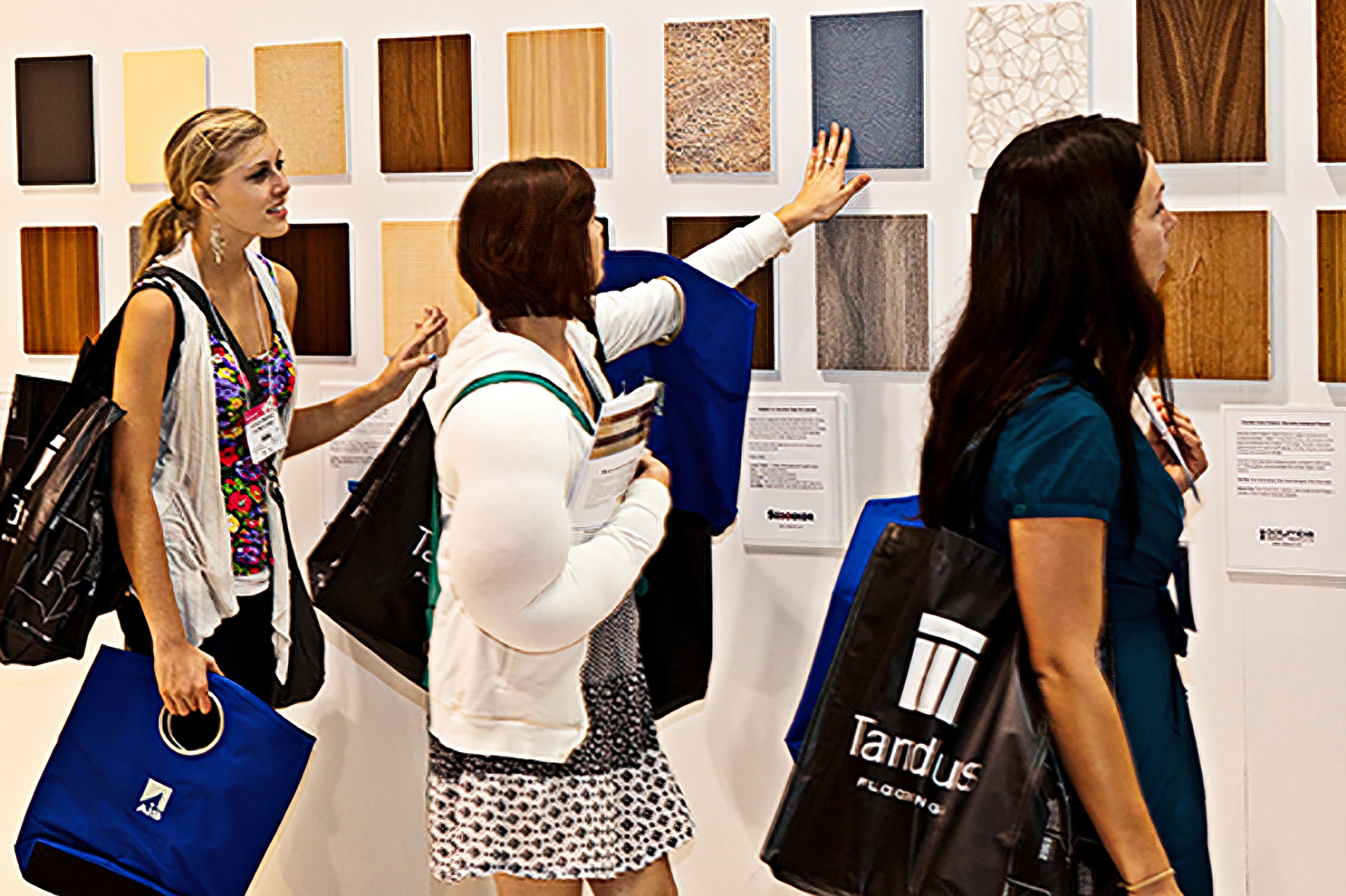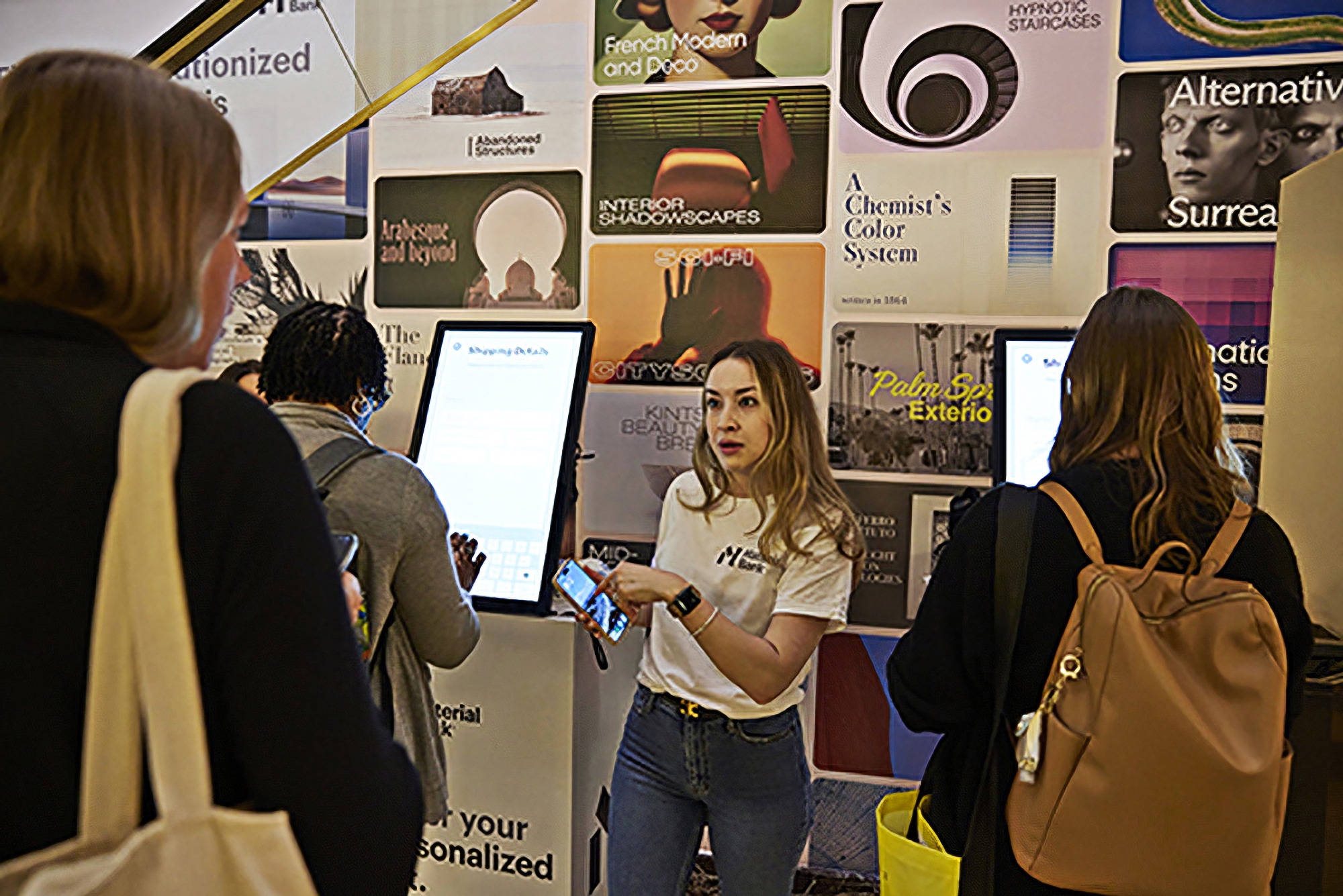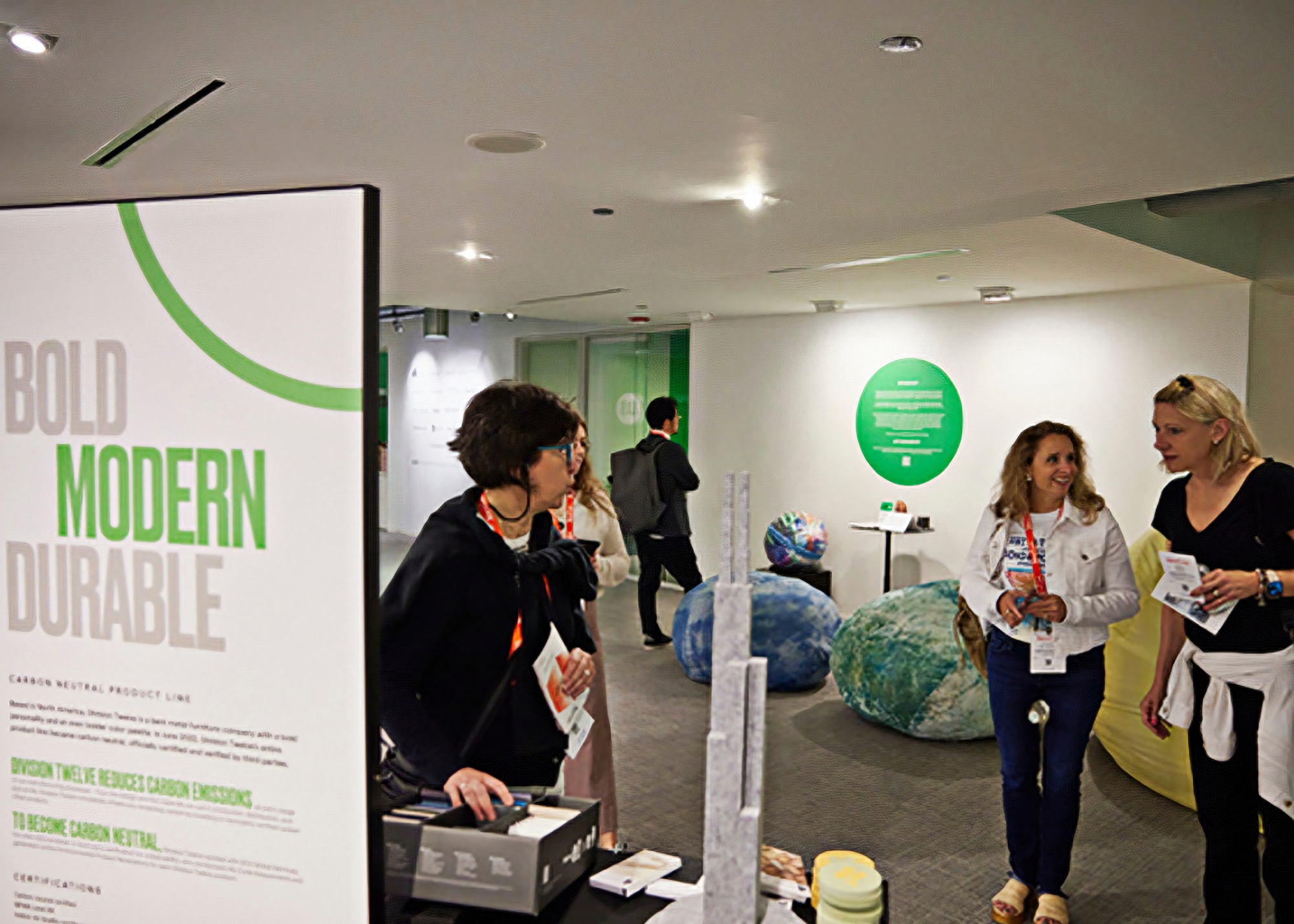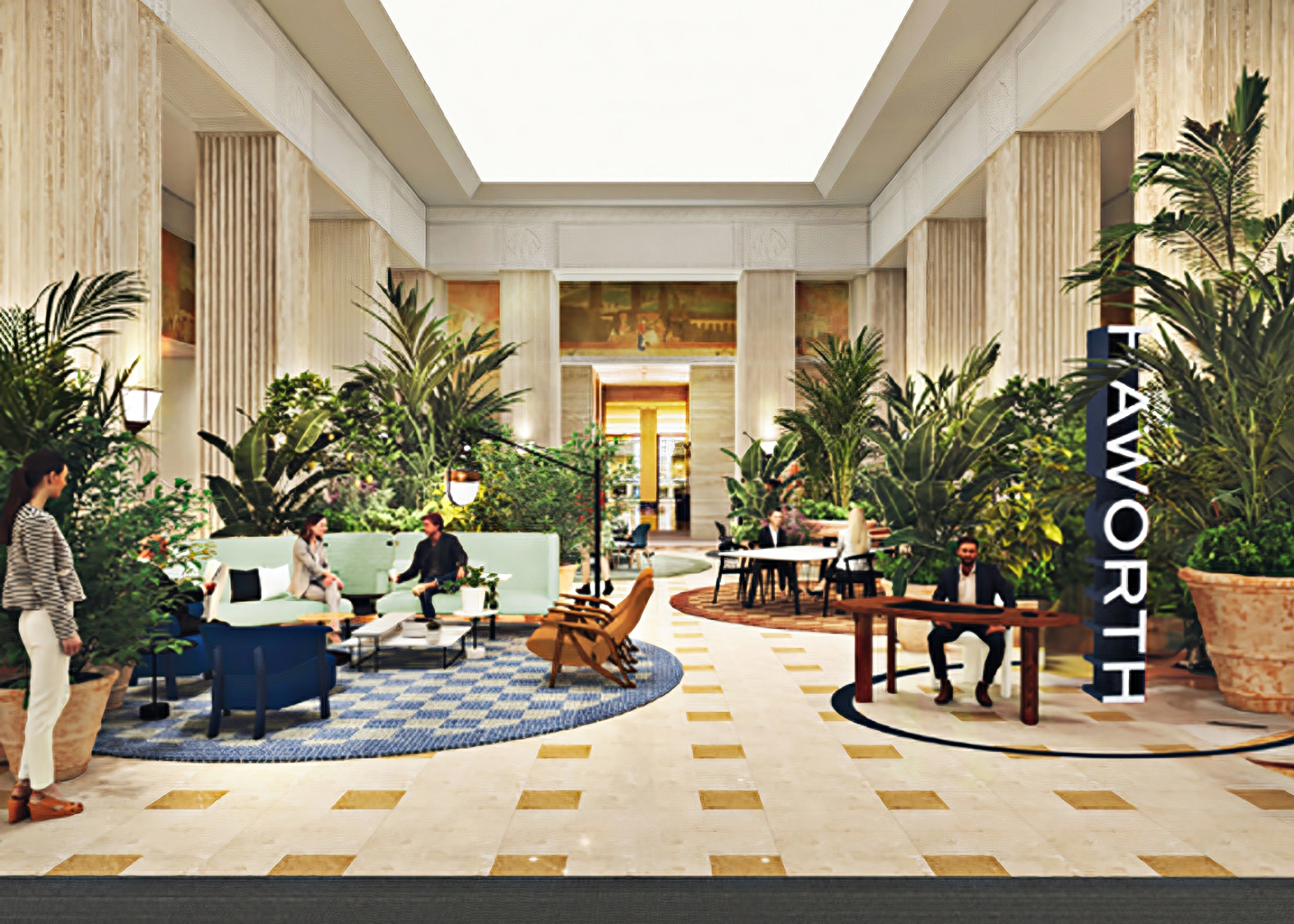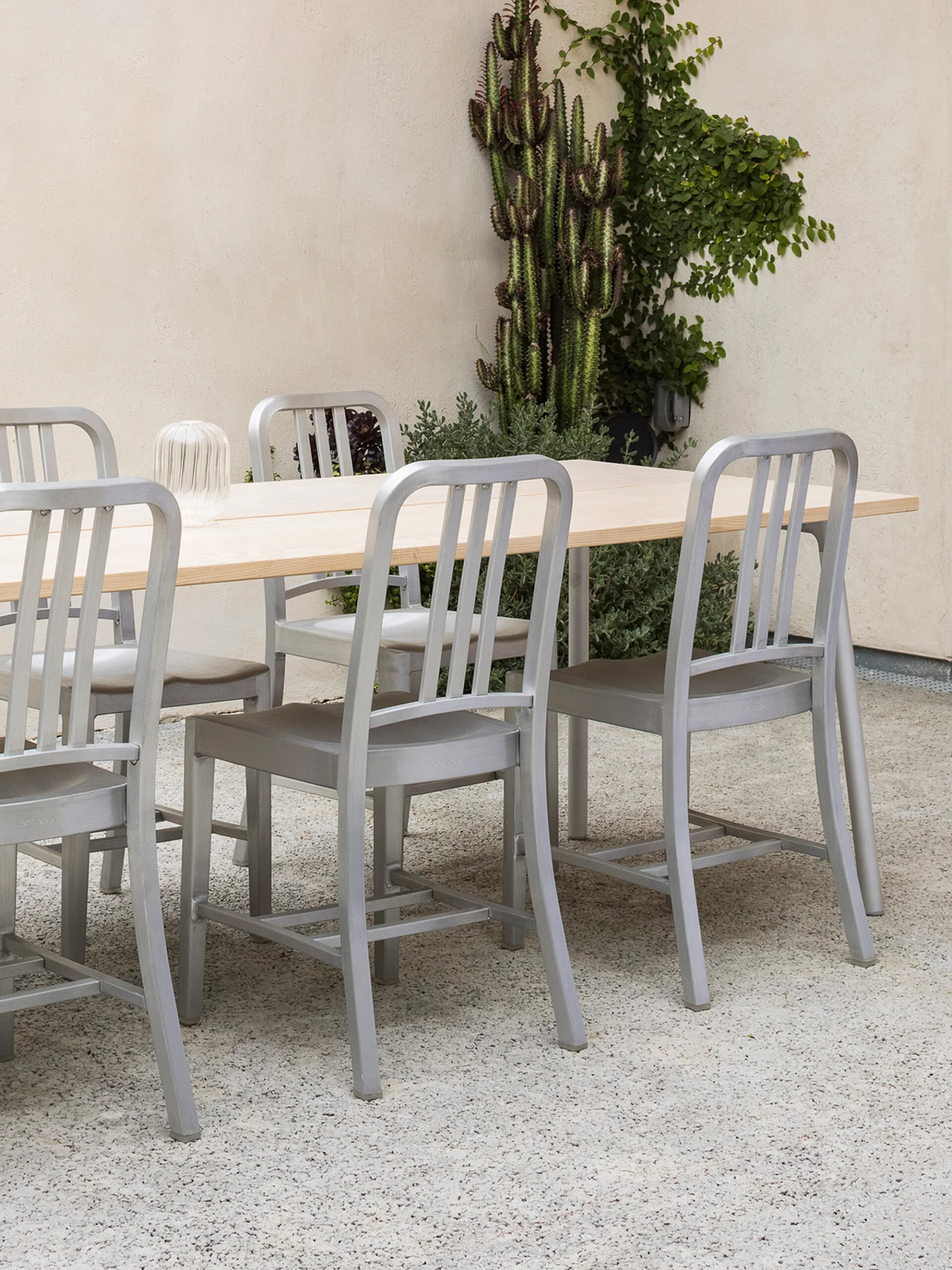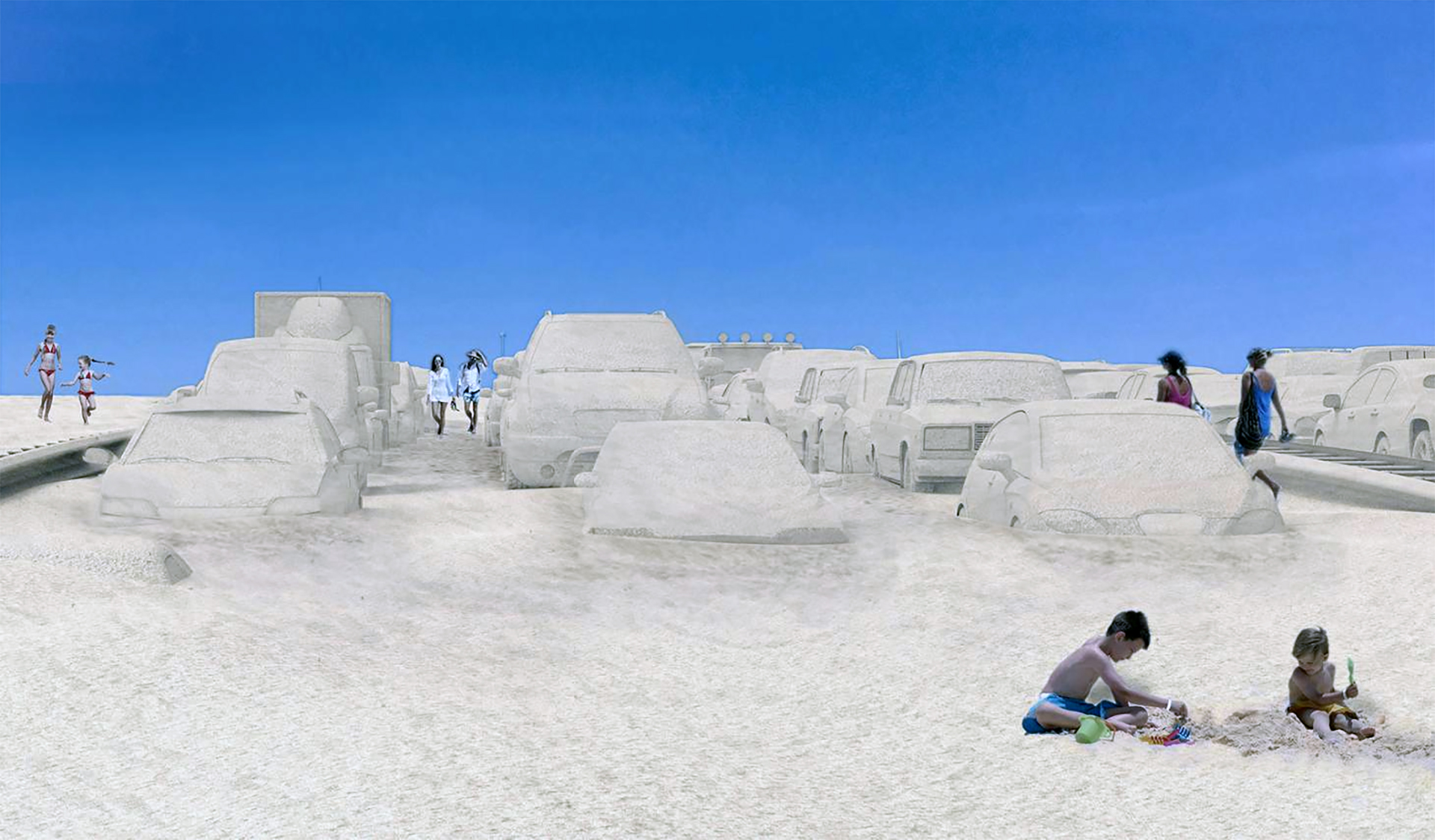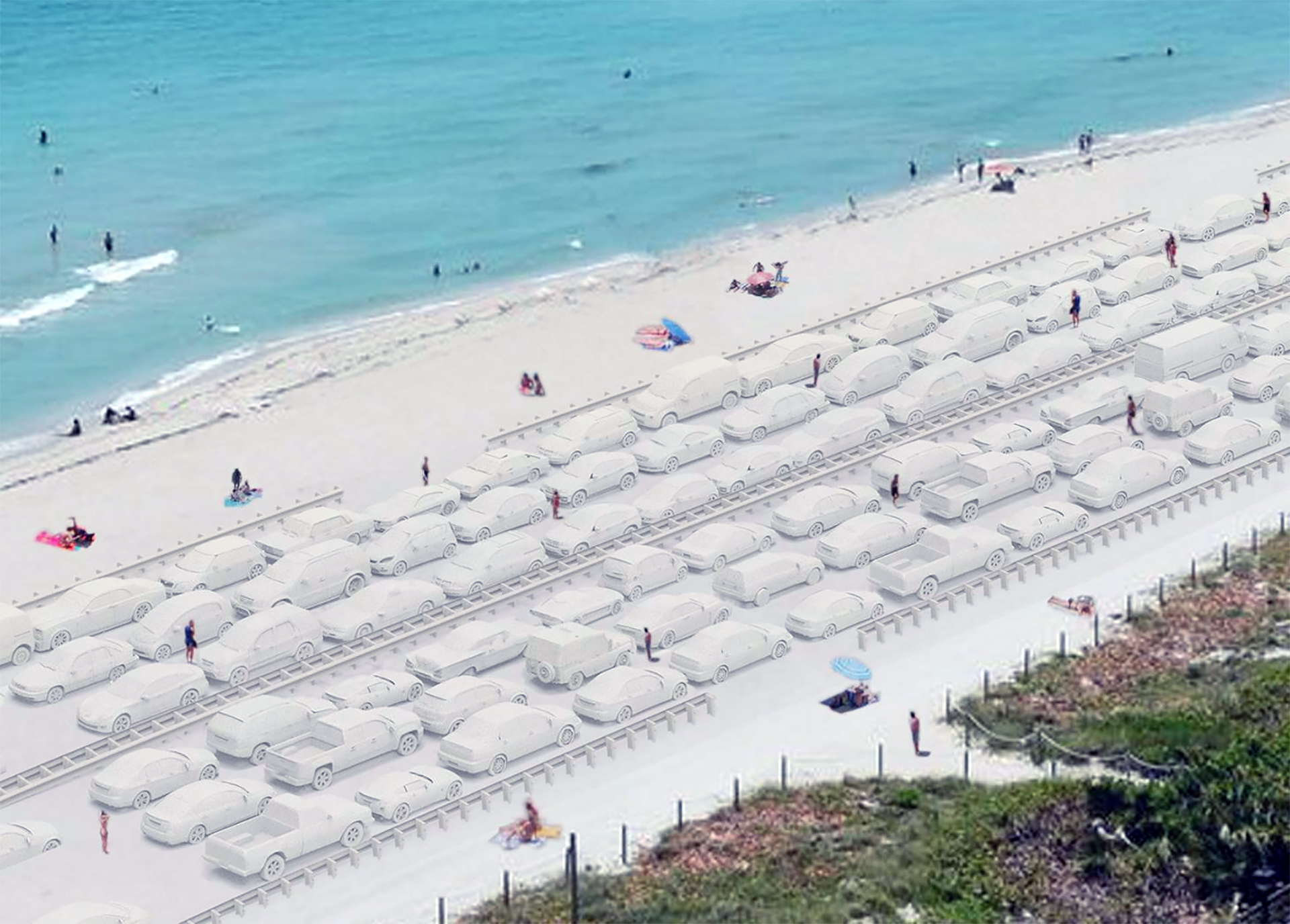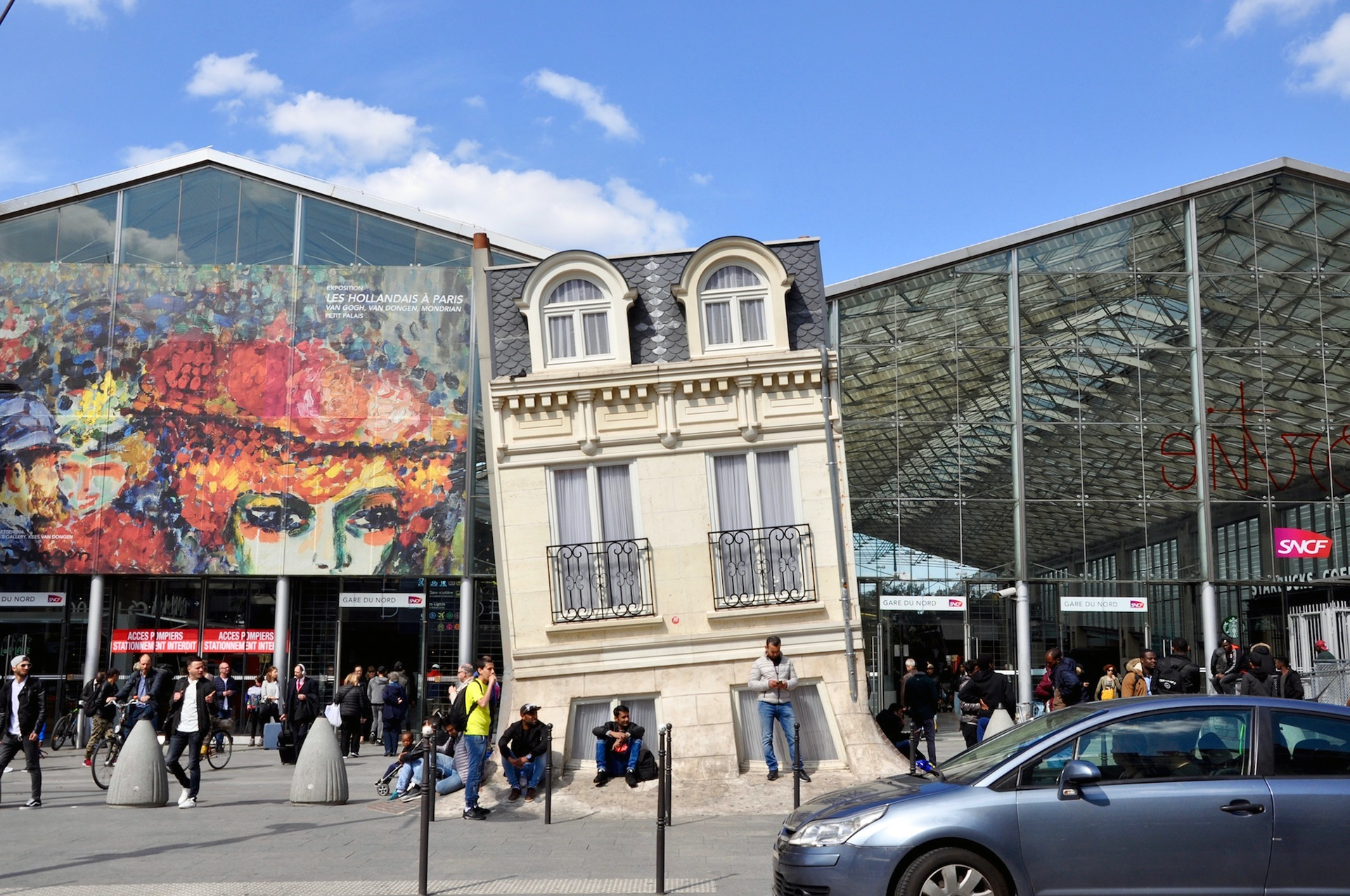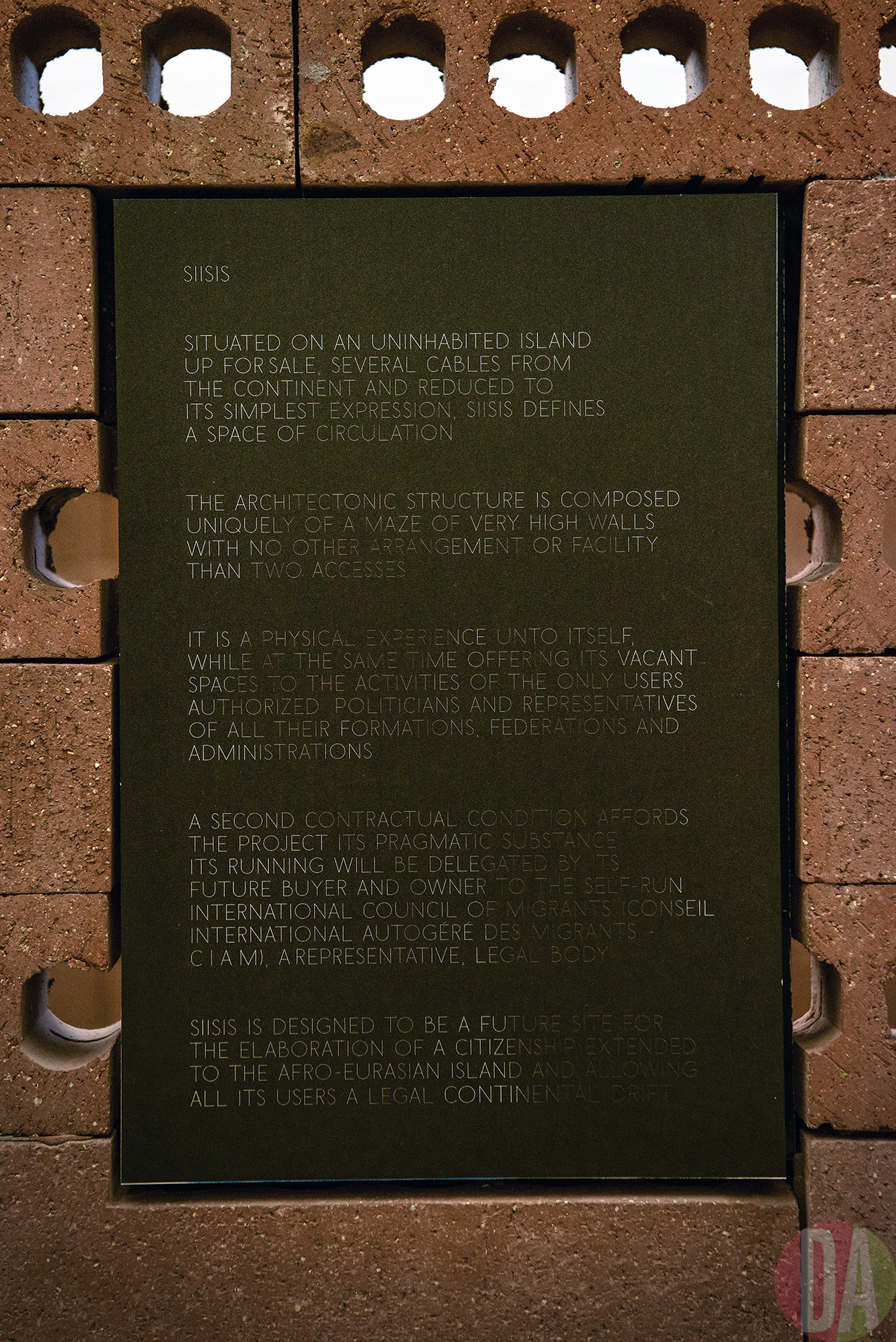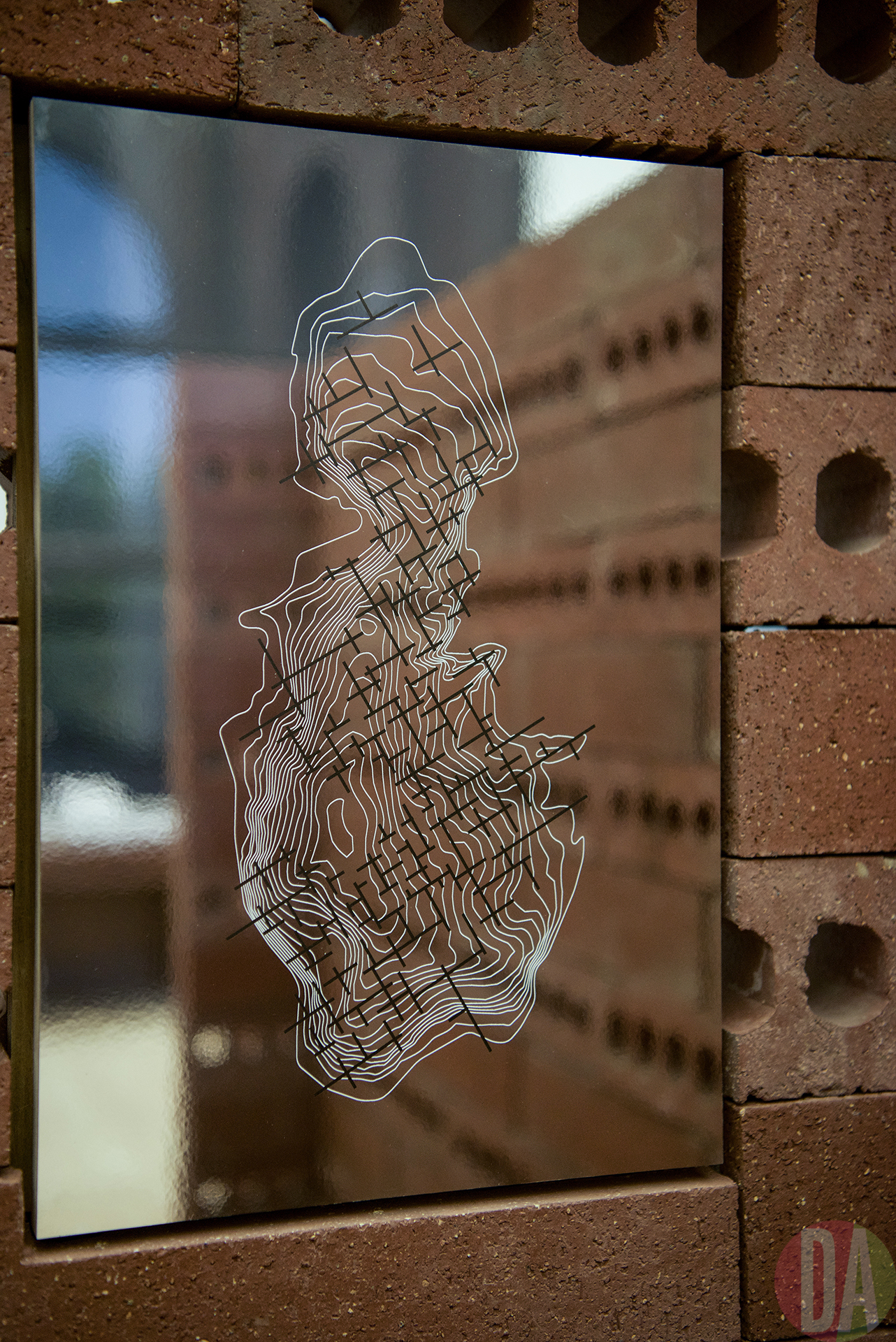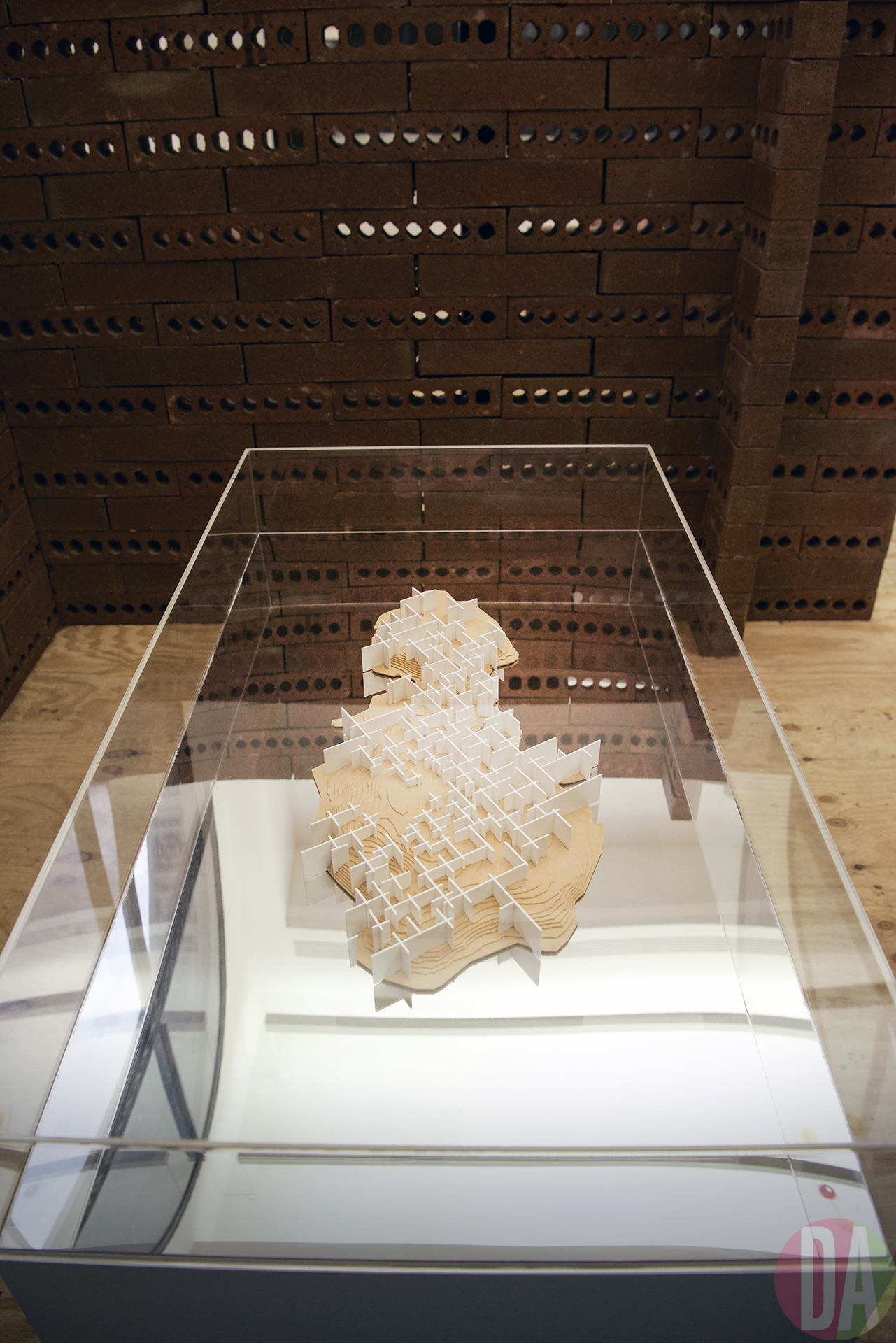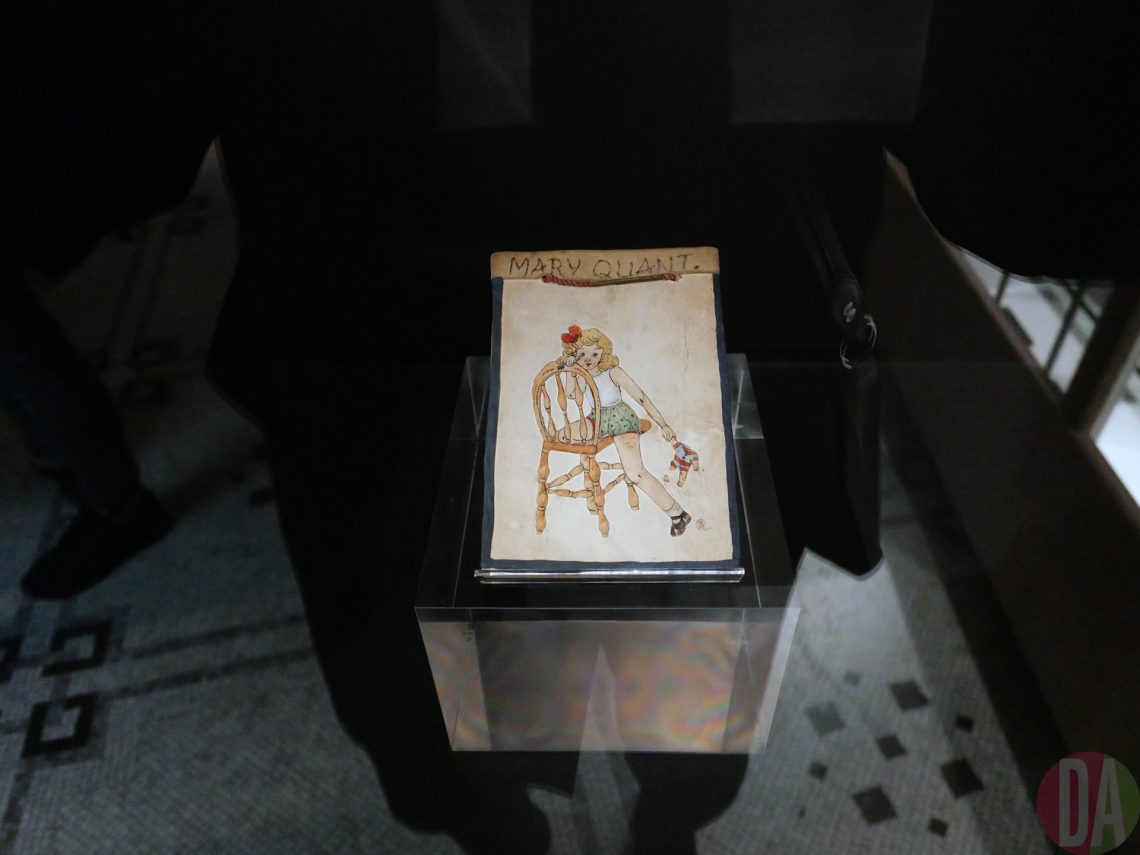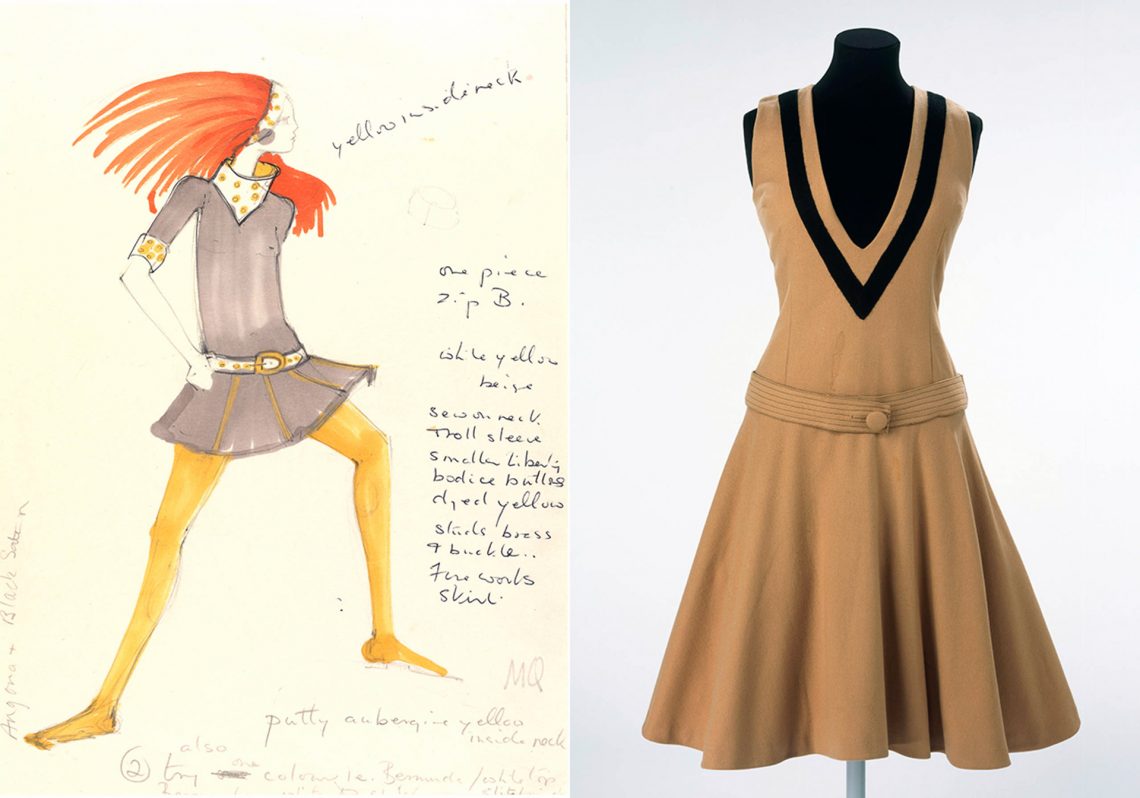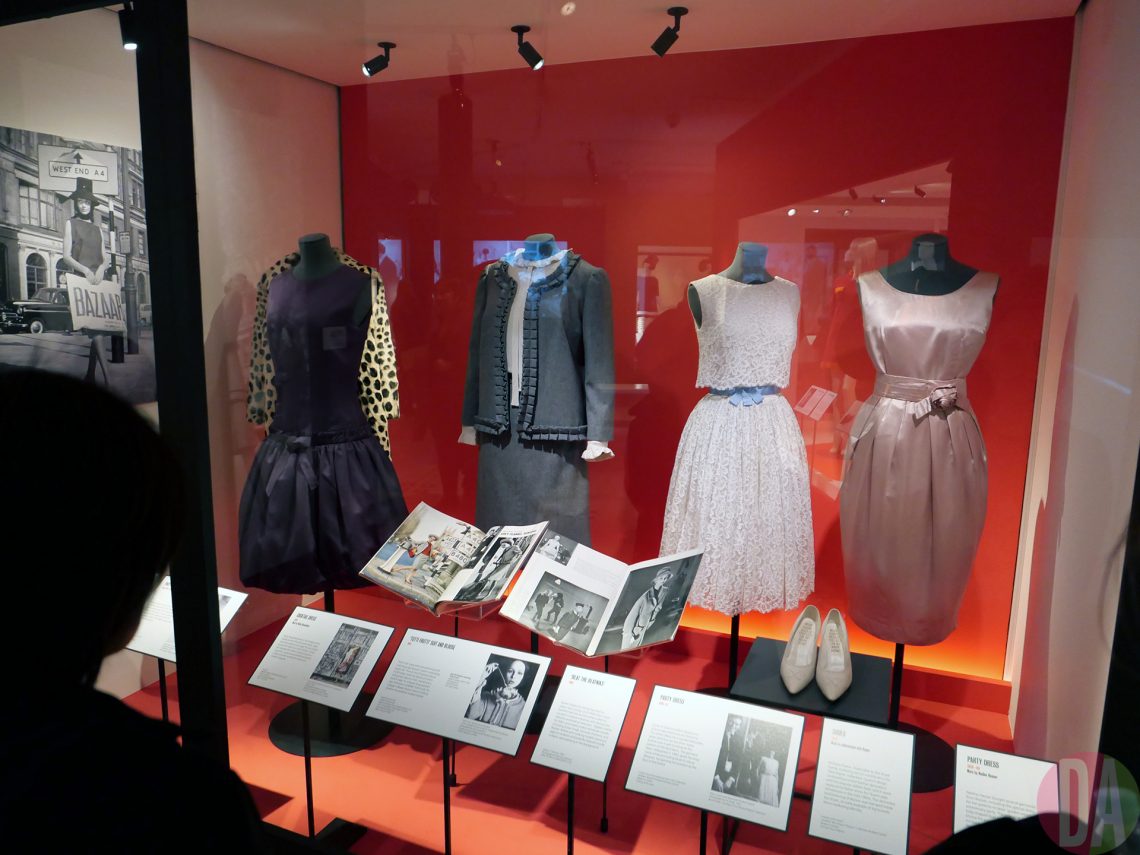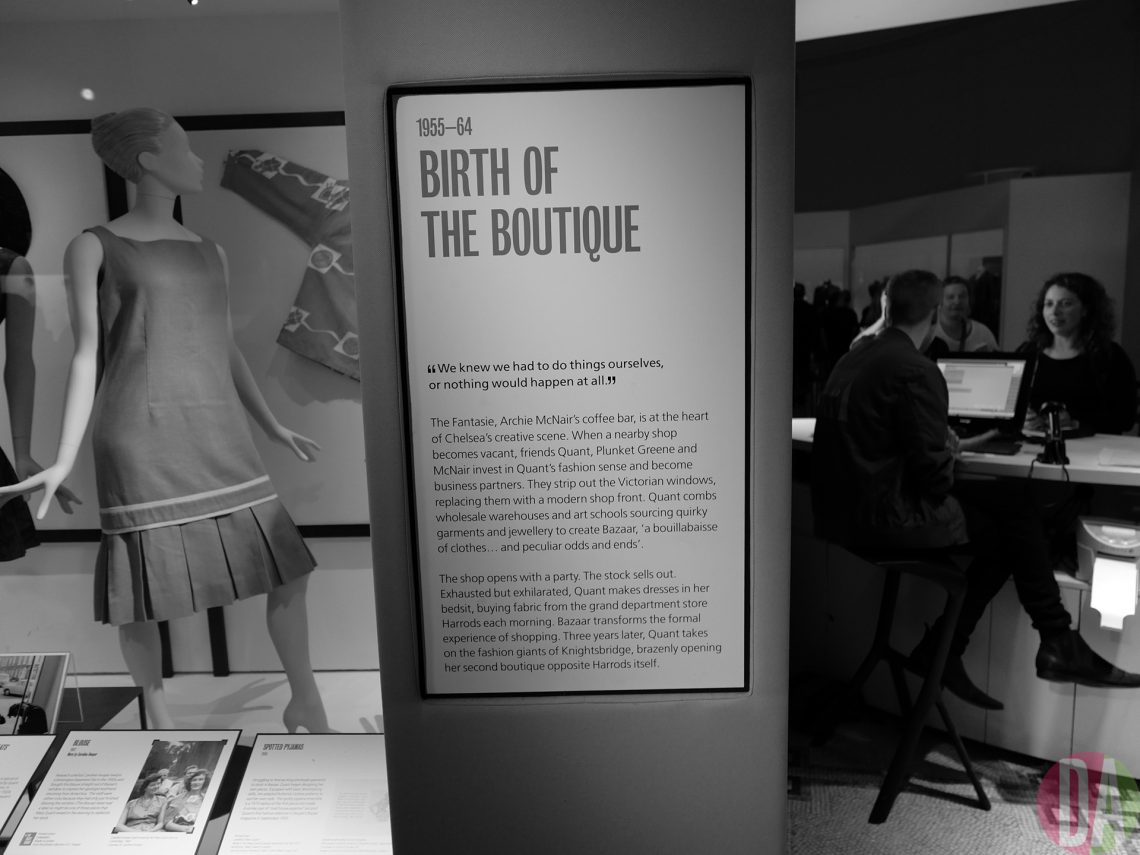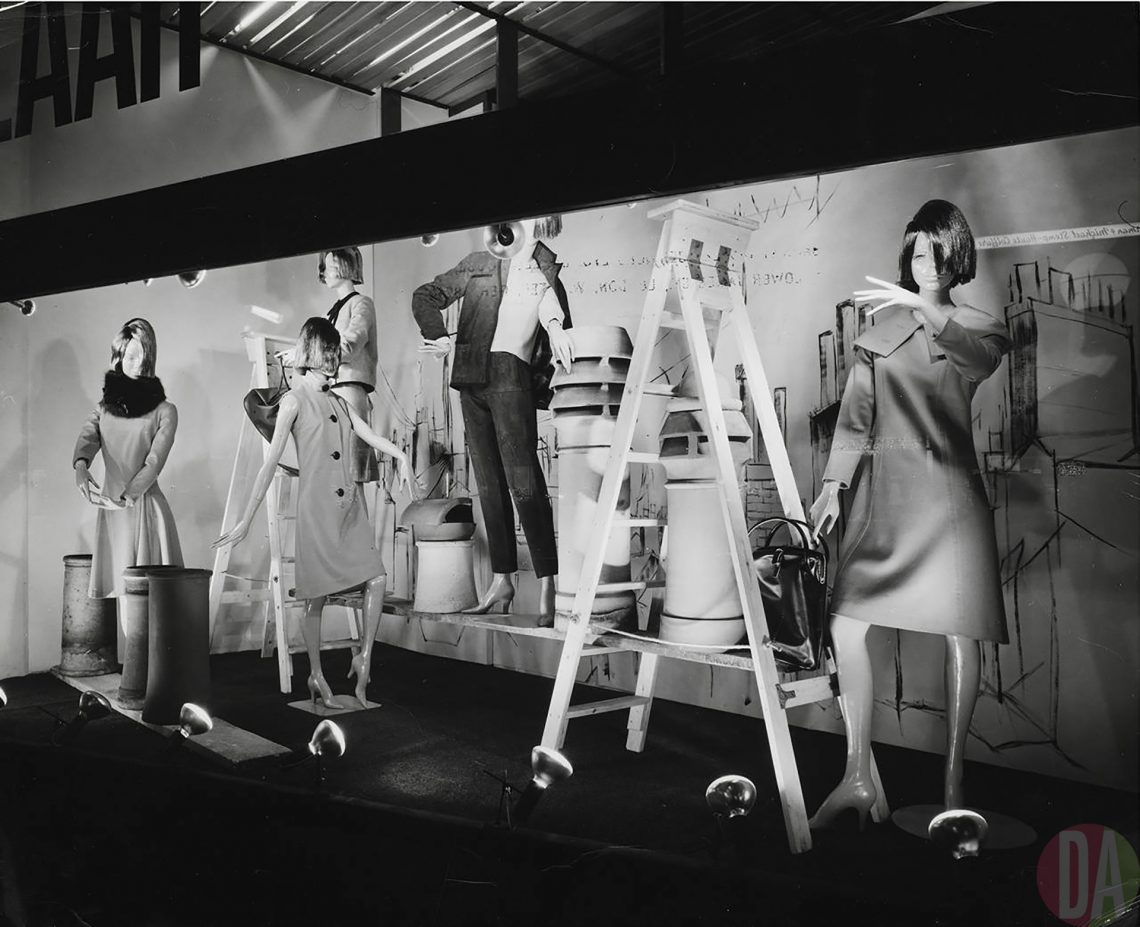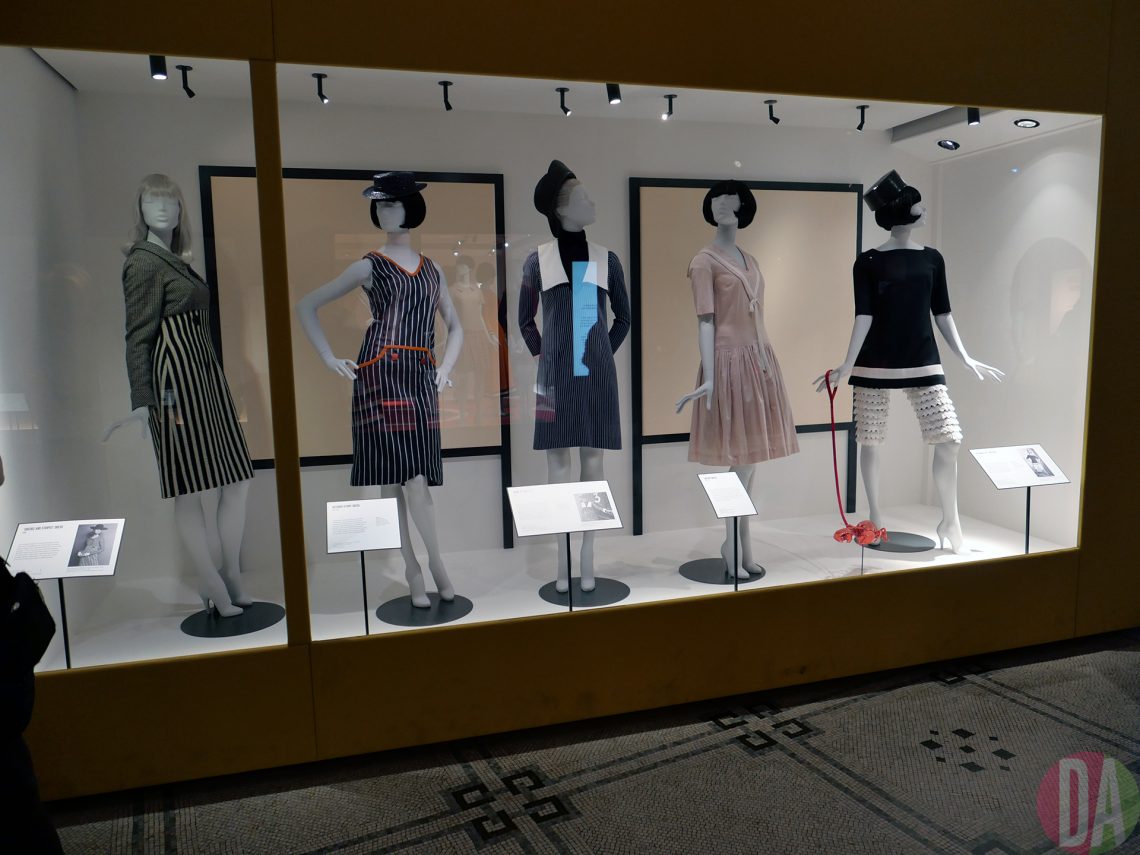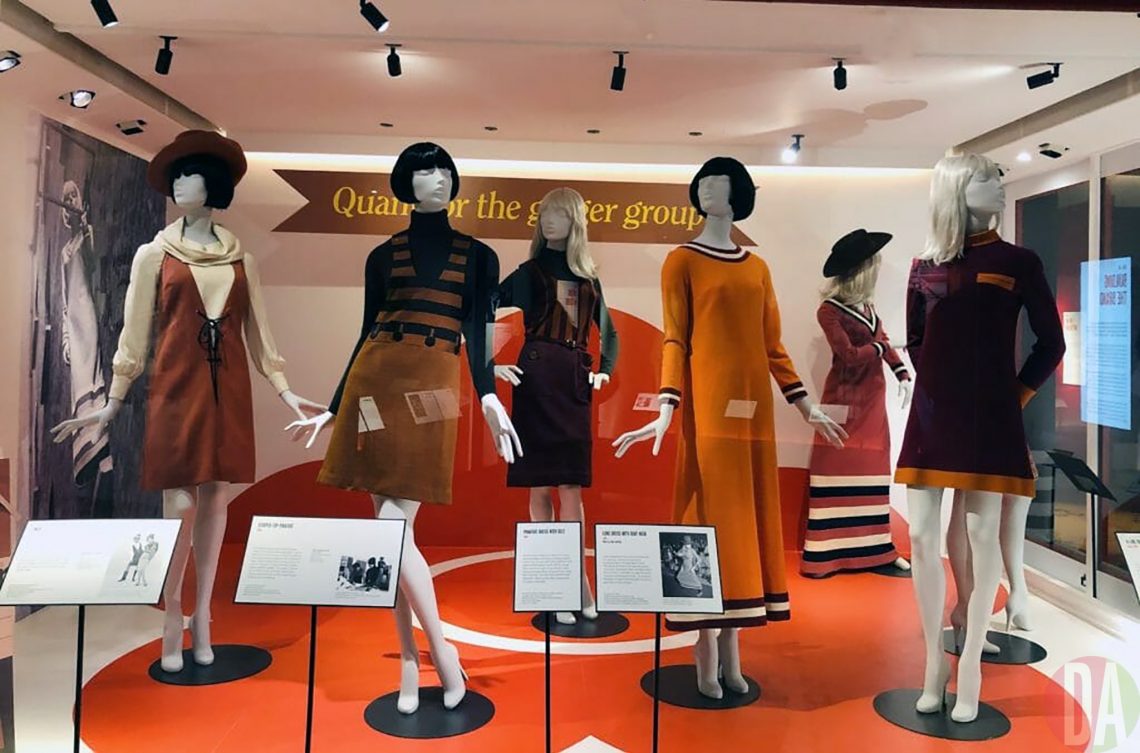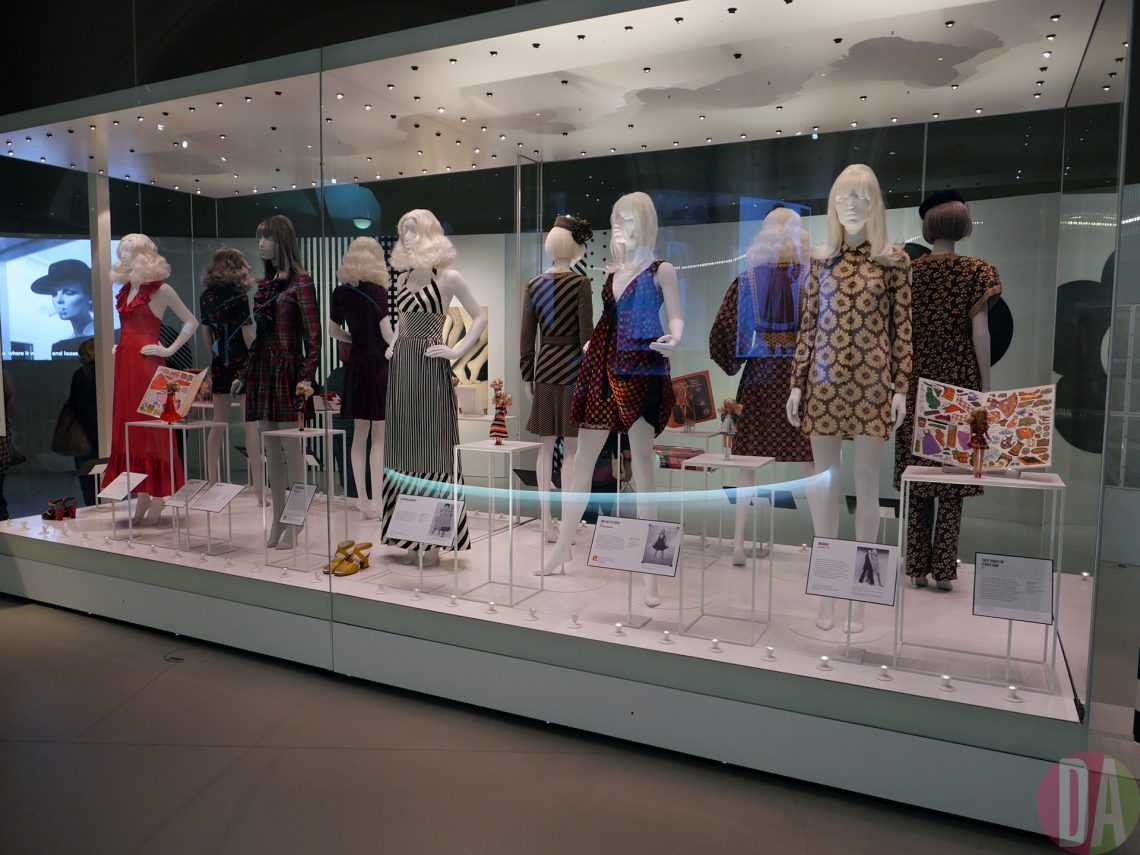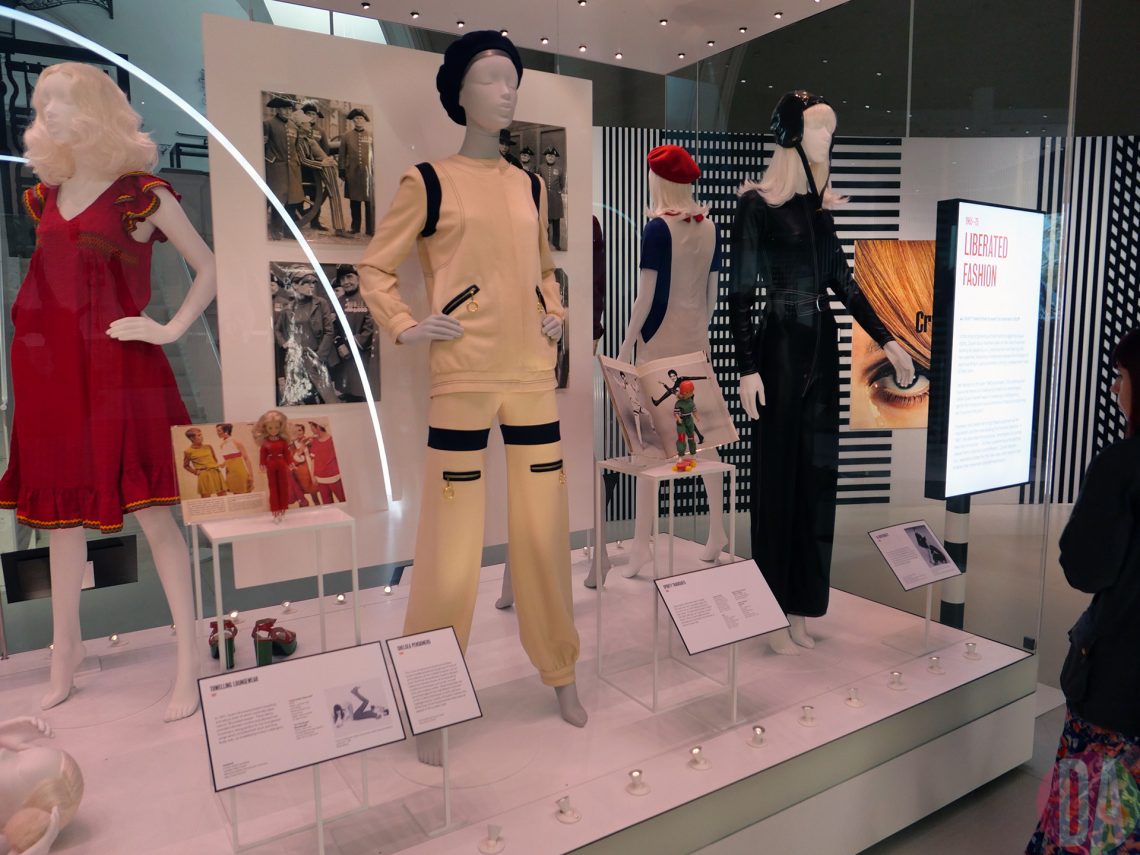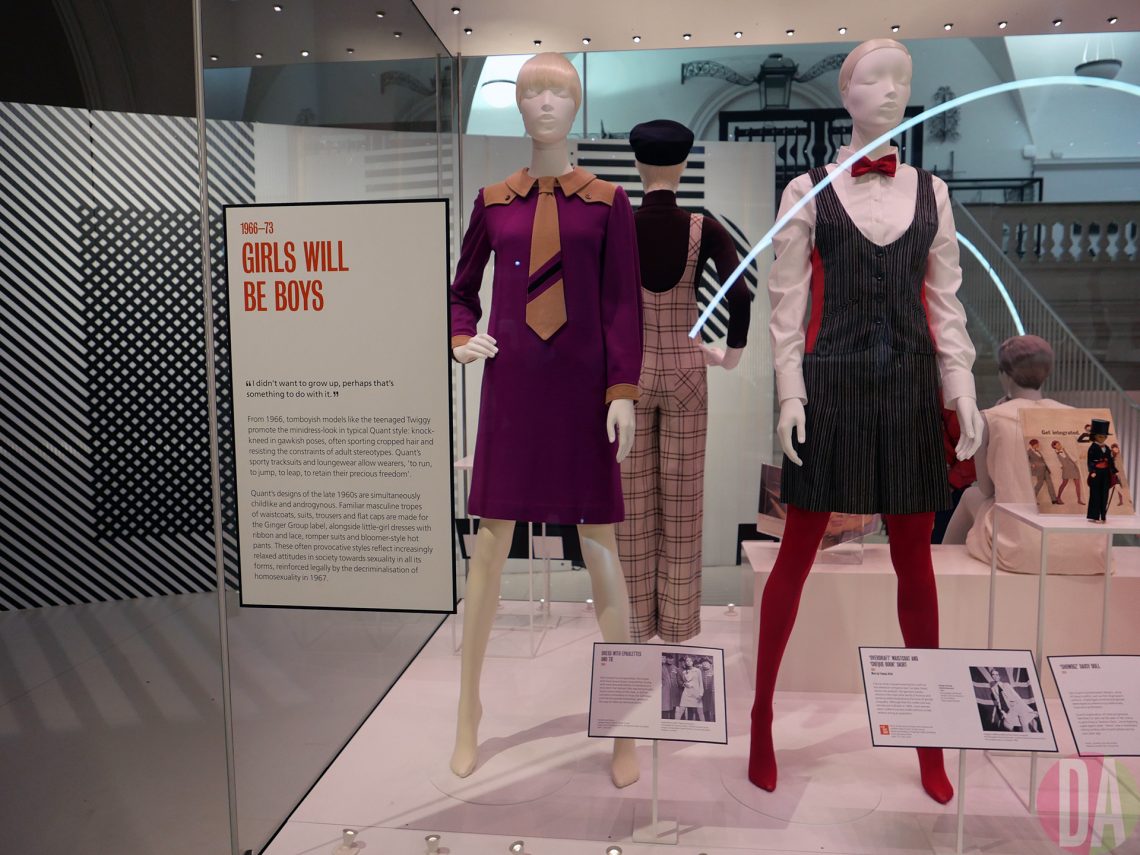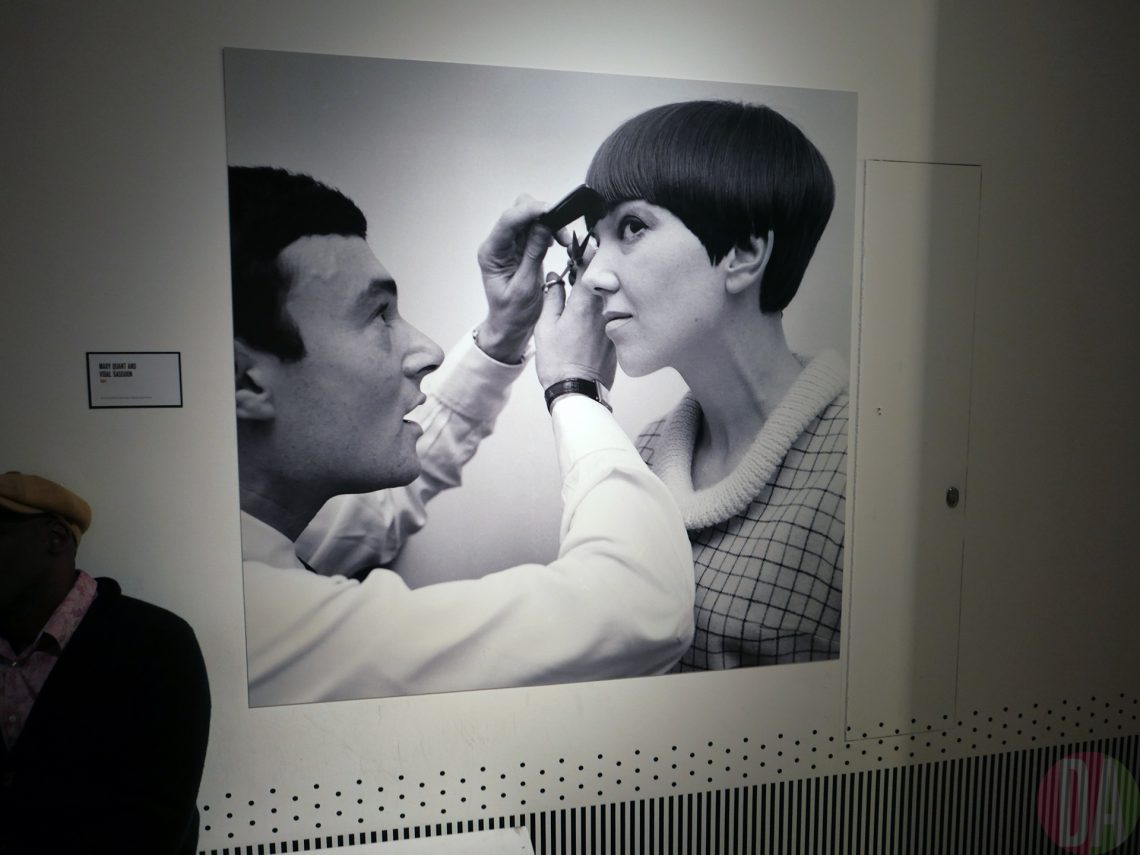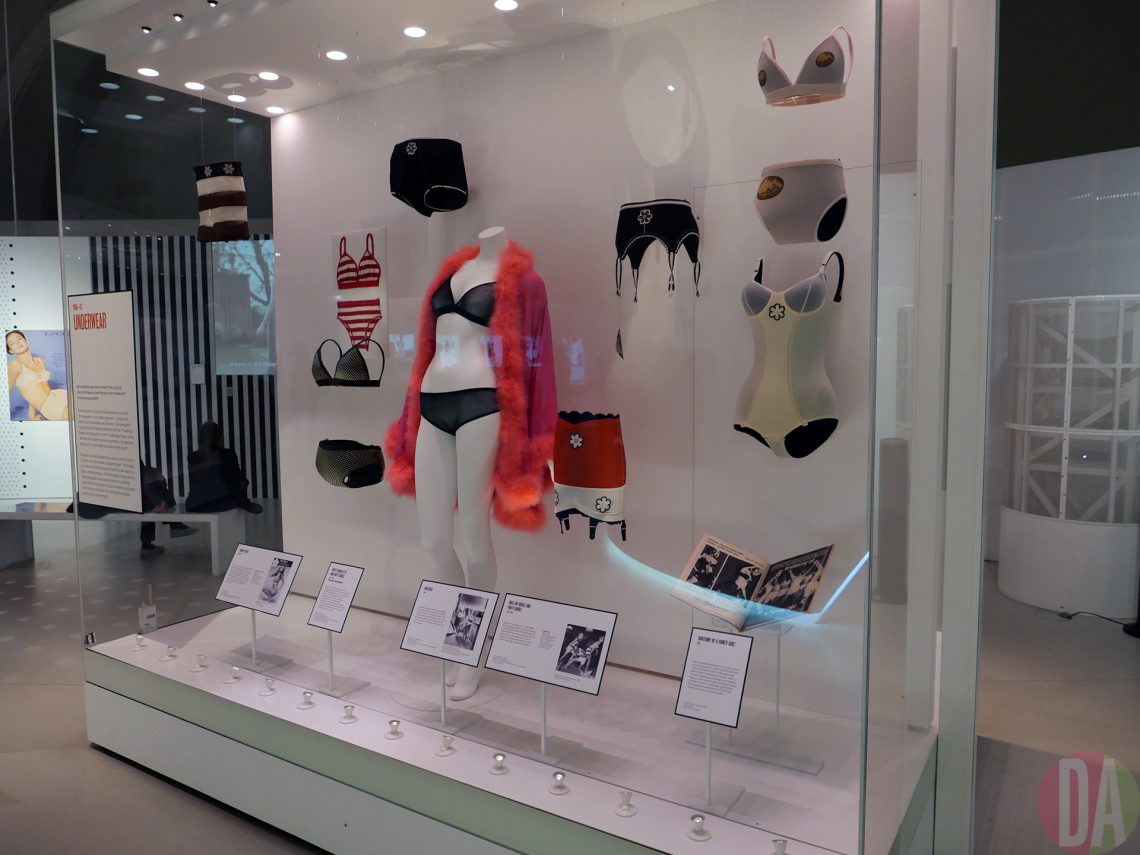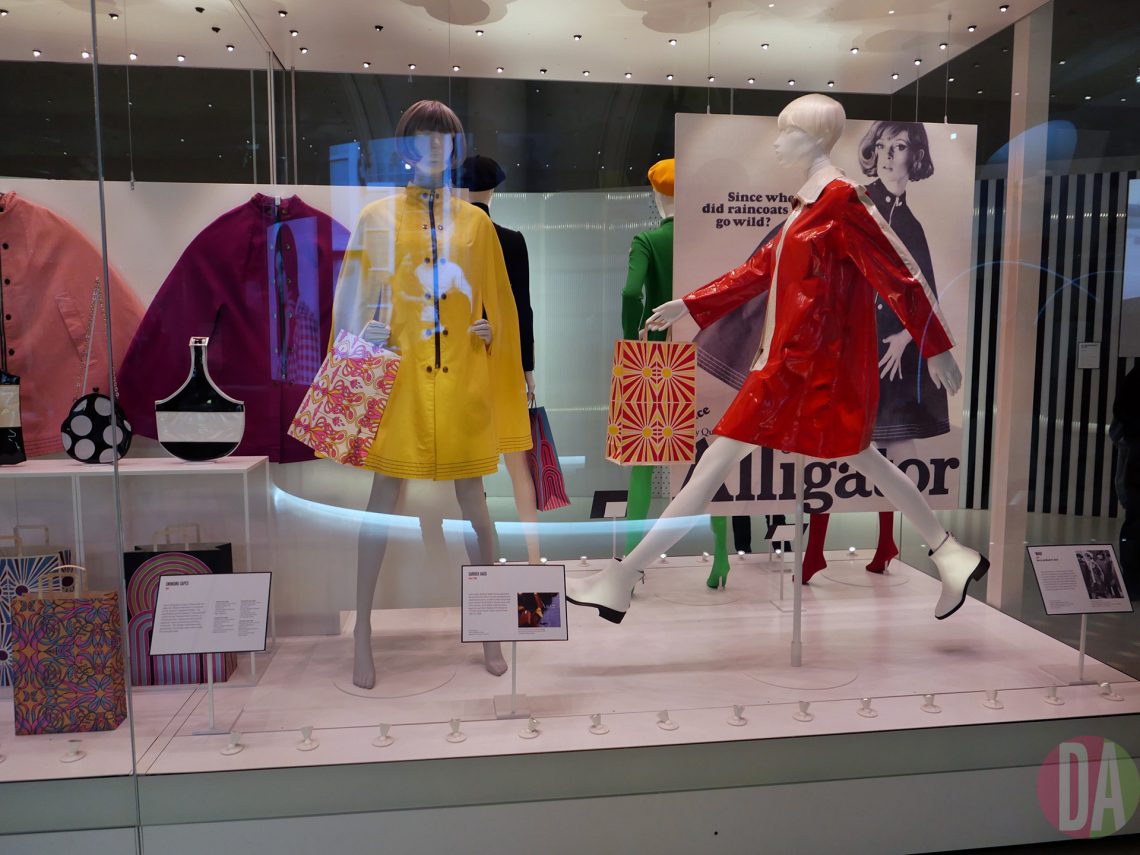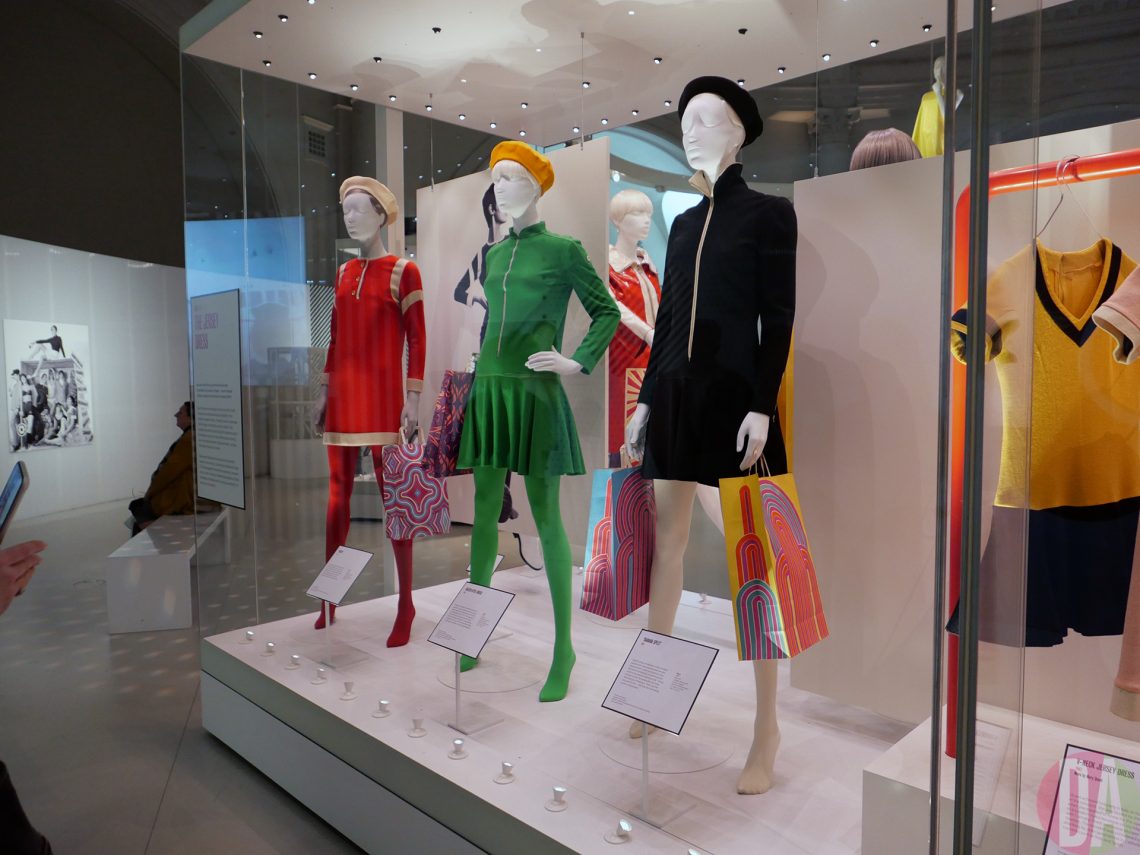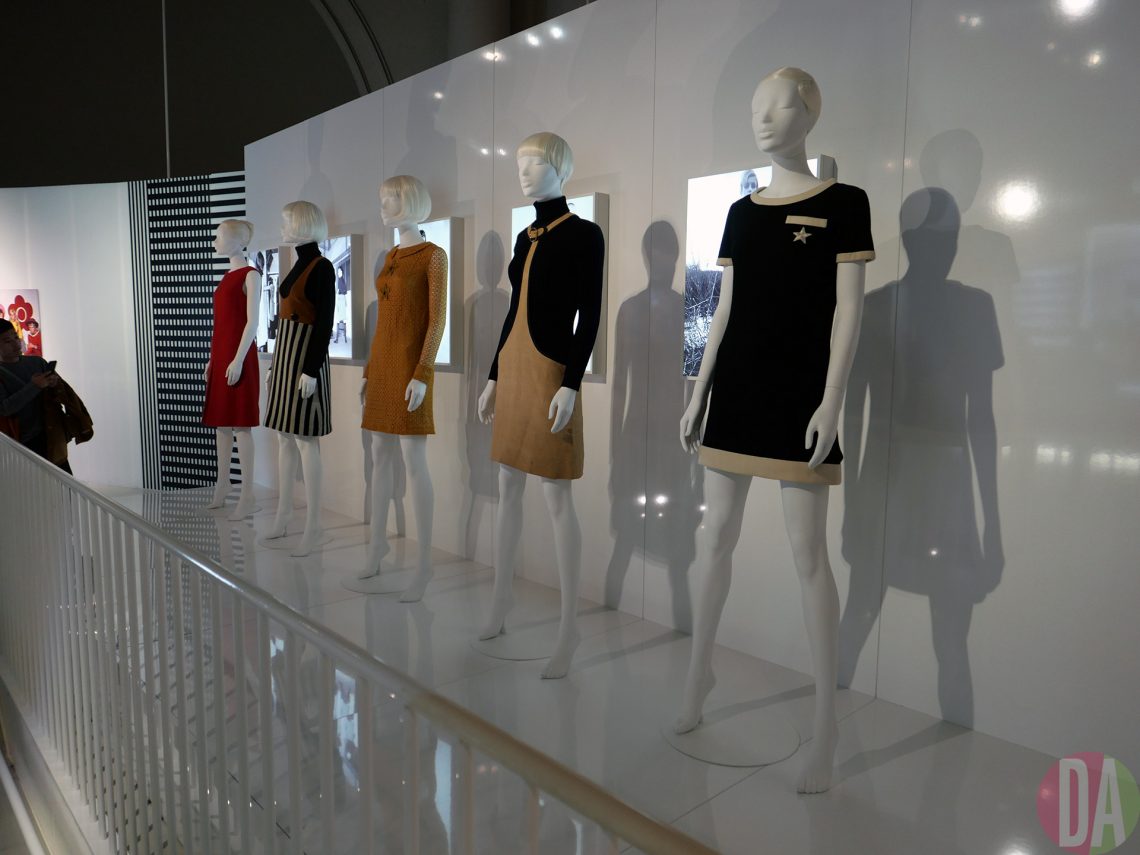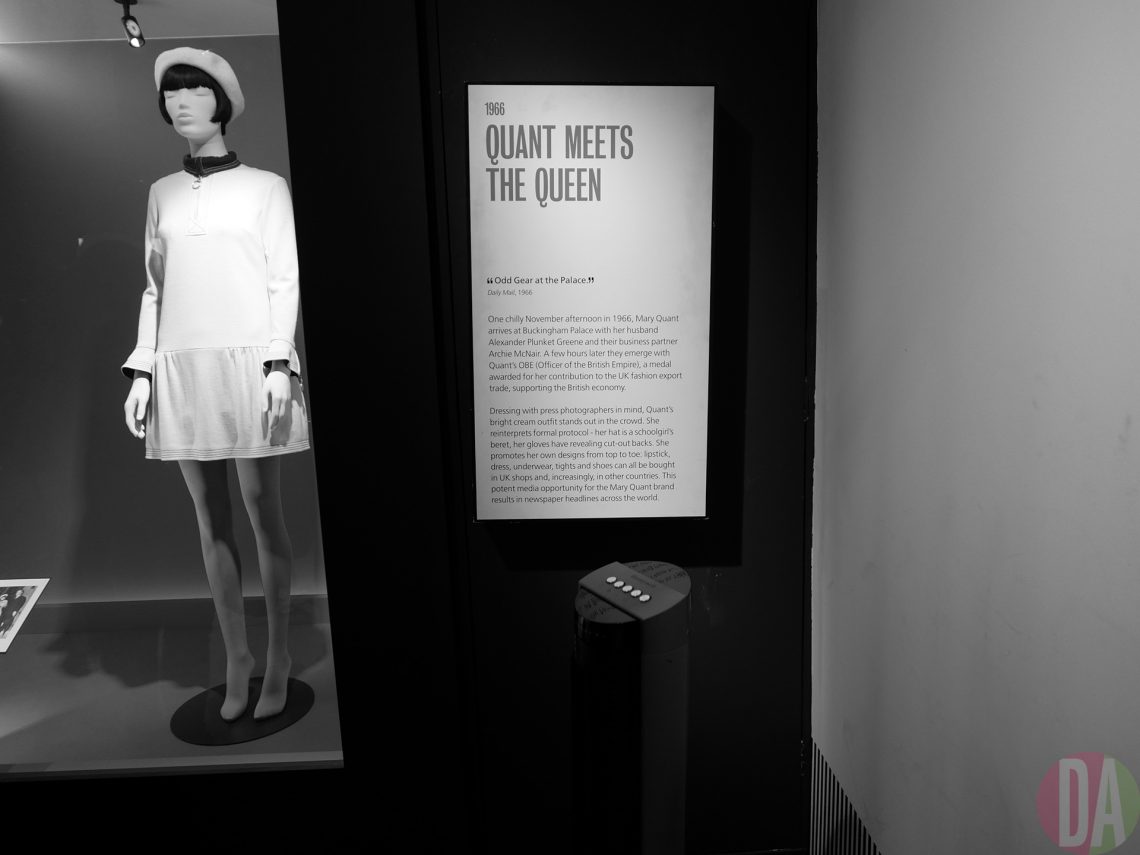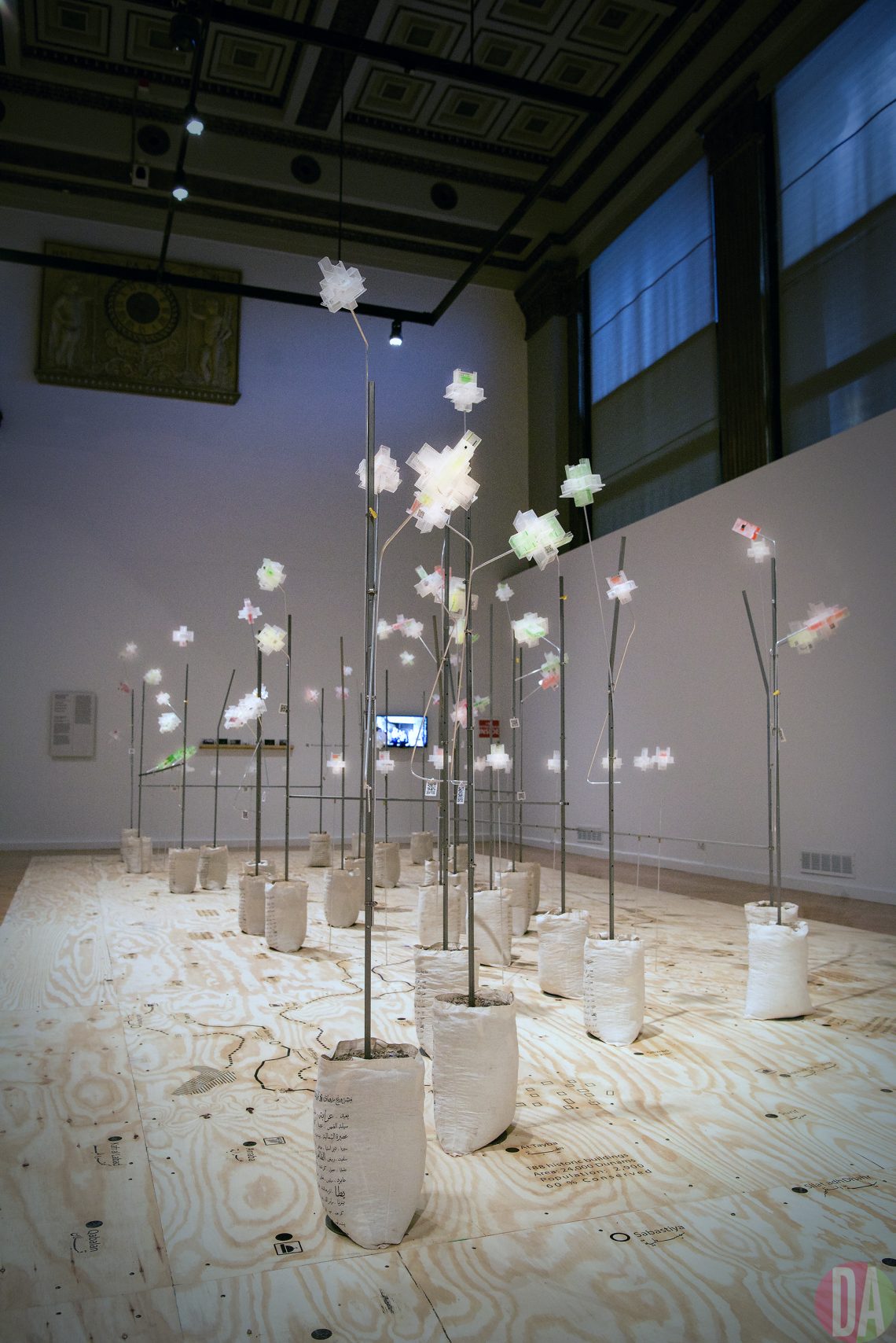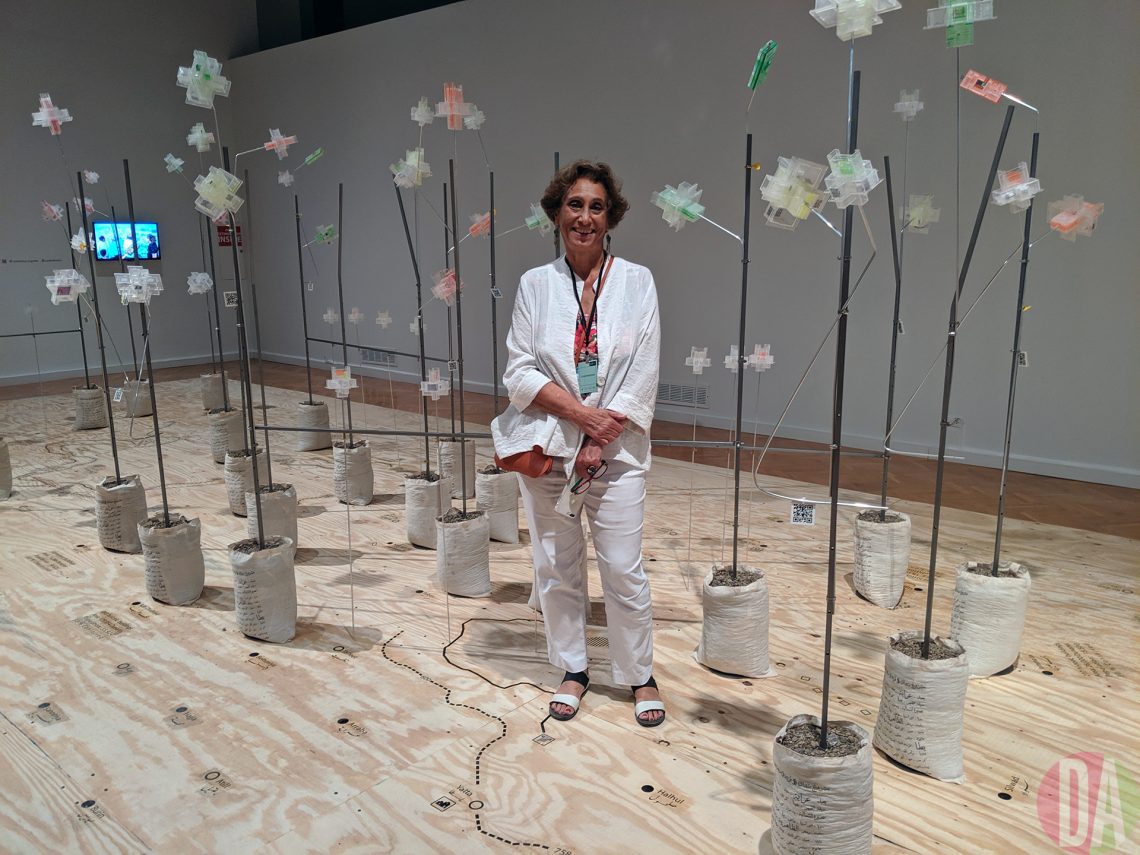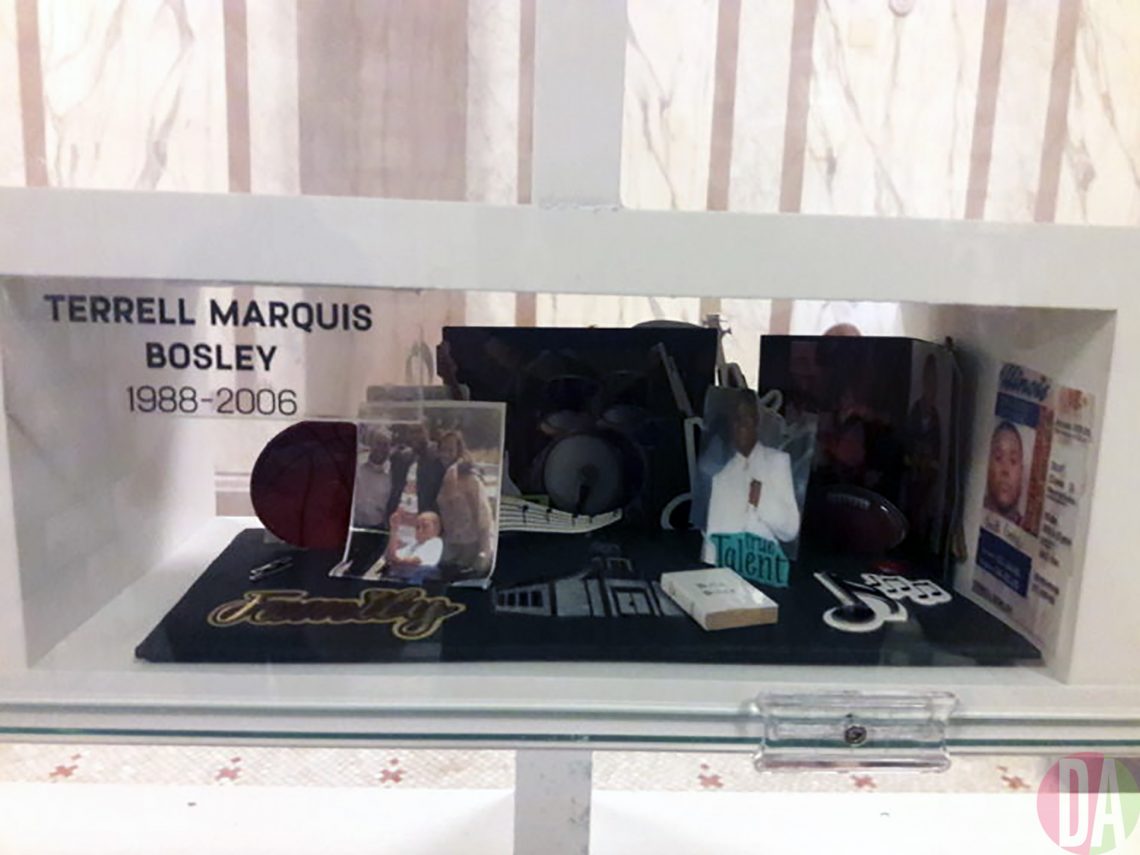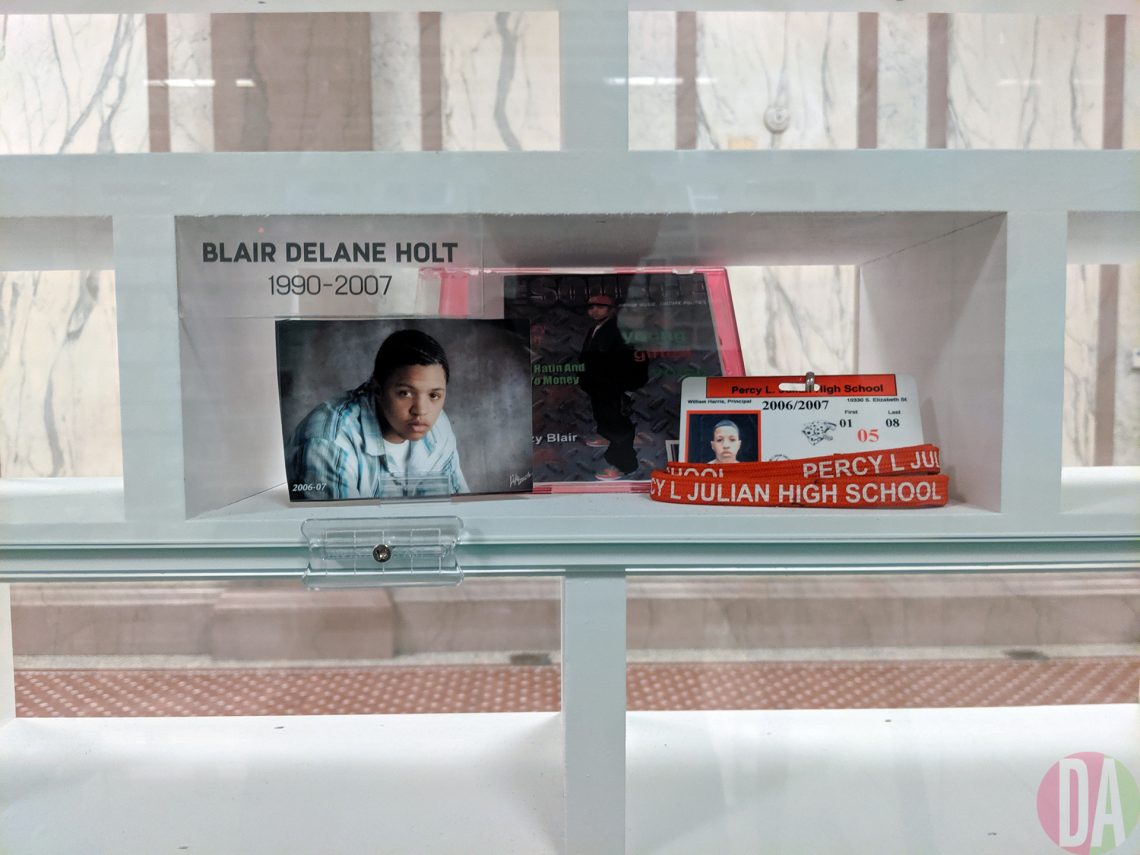above> self-portrait / zanele muholi / southern guild (cape town) booth #217
note: this post in ‘in-progress’ as we await more details…
more than 140 leading art galleries from 65 cities in 25 countries show off their stable of talent at expo chicago 2022 which is the perfect confabulation and launchpad to contemplate what inspires the art. in this instance, DesignApplause submits that architecture, design, and engineering are one and the same and art is not.
> “what is the difference between art and design? as it applies to graphic design, i will say that the difference between art and design or artist and designers, is expression vs communication. … expression is about the artist and their view, design is about the audience and viewer. expression can be abstract and intangible but design has to be clear for the most part.” ~ anonymous
> “when one attempts to define art, there will be an artist to prove it wrong. ‘art is beautiful’ art becomes ugly. ‘art is emotional’ art becomes emotionless. ‘art is form’ art becomes idea. that’s the problem, art will always shatter definitions.
having said that, i will ignore my own advice and take a crack. i think it comes down to function. design can have many functions, whereas art has one single function. the function of art. digging deeper, the art concept can be portrayed in many different ways. the function of art isn’t singular, its endless.
so design is applied art? or maybe an eames chair is a design object when you’re trying to sell it or sit in it, and an art object when you’re observing it, etc. ~ anonymous
DesignApplause asked galleries if their artists in this show pursued any architectural or design studies in their background. 15 of 30 (50%) galleries point out the following:
southern guild will exhibit at expo chicago for the first time this april, presenting ceramics, sculpture, paintings and wall reliefs by leading artists from across the african continent. these include zanele muholi (south africa), zizipho poswa (south africa), andile dyalvane (south africa), oluseye (nigeria/canada), kamyar bineshtarigh (iran/south africa), patrick bongoy (drc), dominique zinkpè (benin) and stanislaw trzebinski (kenya). rich in materiality and divergent in form, the works in southern guild’s presentation speak of the ingenuity of the human hand and the labour-intensive processes that elevate the prosaic to the sublime.
a highlight of the gallery’s booth will be a large bronze self-portrait by acclaimed artist and visual activist zanele muholi, whose solo exhibition opens at southern guild’s cape town gallery in may 2023. the sculpture represents the artist’s departure from an exclusively photographic oeuvre into a broader, multidisciplinary practice. the booth will also feature two large-scale ceramic and bronze sculptures from zizipho poswa’s critically acclaimed recent solo, ubuhle bokhokho, inspired by the hairstyles traditionally worn by black women across the continent, as well as recent works by andile dyalvane, madoda fani and chuma maweni – all regarded as foremost ceramicists in africa.
anchoring the booth will be an expansive and tactile palimpsest by iranian artist kamyar bineshtarigh effaced from the wall of his studio building – a layering of marks, traces and textures accumulated over two years. central to the artist’s visual lexicon is the explorative use of farsi script and calligraphy that pivots around memory and place, revealing the intricacies of transliteration. southern guild’s booth will also include new paintings by cape town-based artist manyaku mashilo that draw inspiration from historical photographic archives to build self-determined mythological scenes where imagined embodiments of blackness migrate through abstract liminal spaces. in addition, the gallery will present bronze and hand-blown glass sculptures from kenyan artist stanislaw trzebinski’s 2022 solo, solastalgia, that imagine the potent and surreal future of a decimated earth after the extinction of humans.
what makes this gallery unusual but all artists of have studied design.
/////
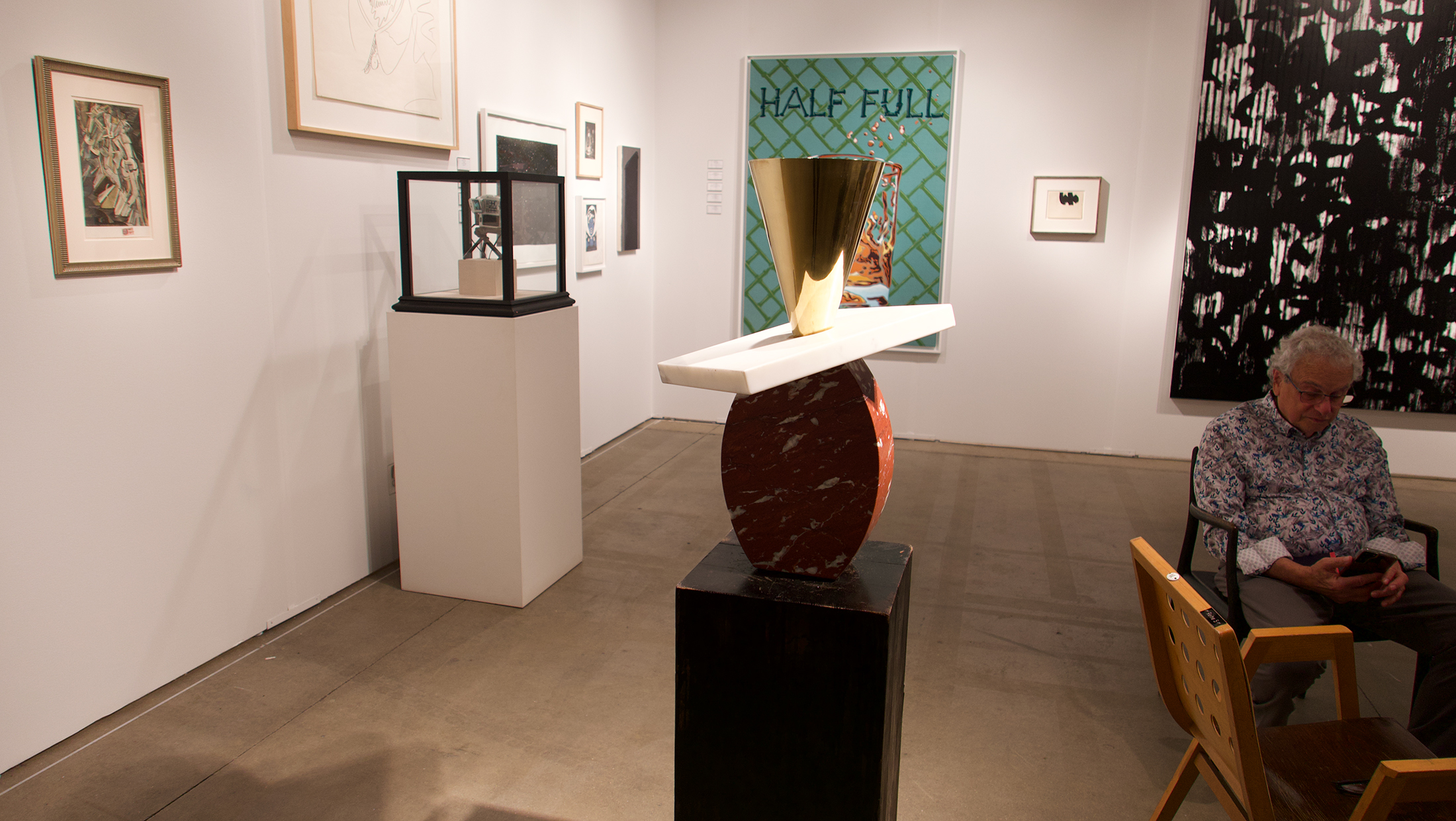
above> memphis vase / ettore sottsass / alan koppel gallery (chicago) booth #245 / 1992
/////
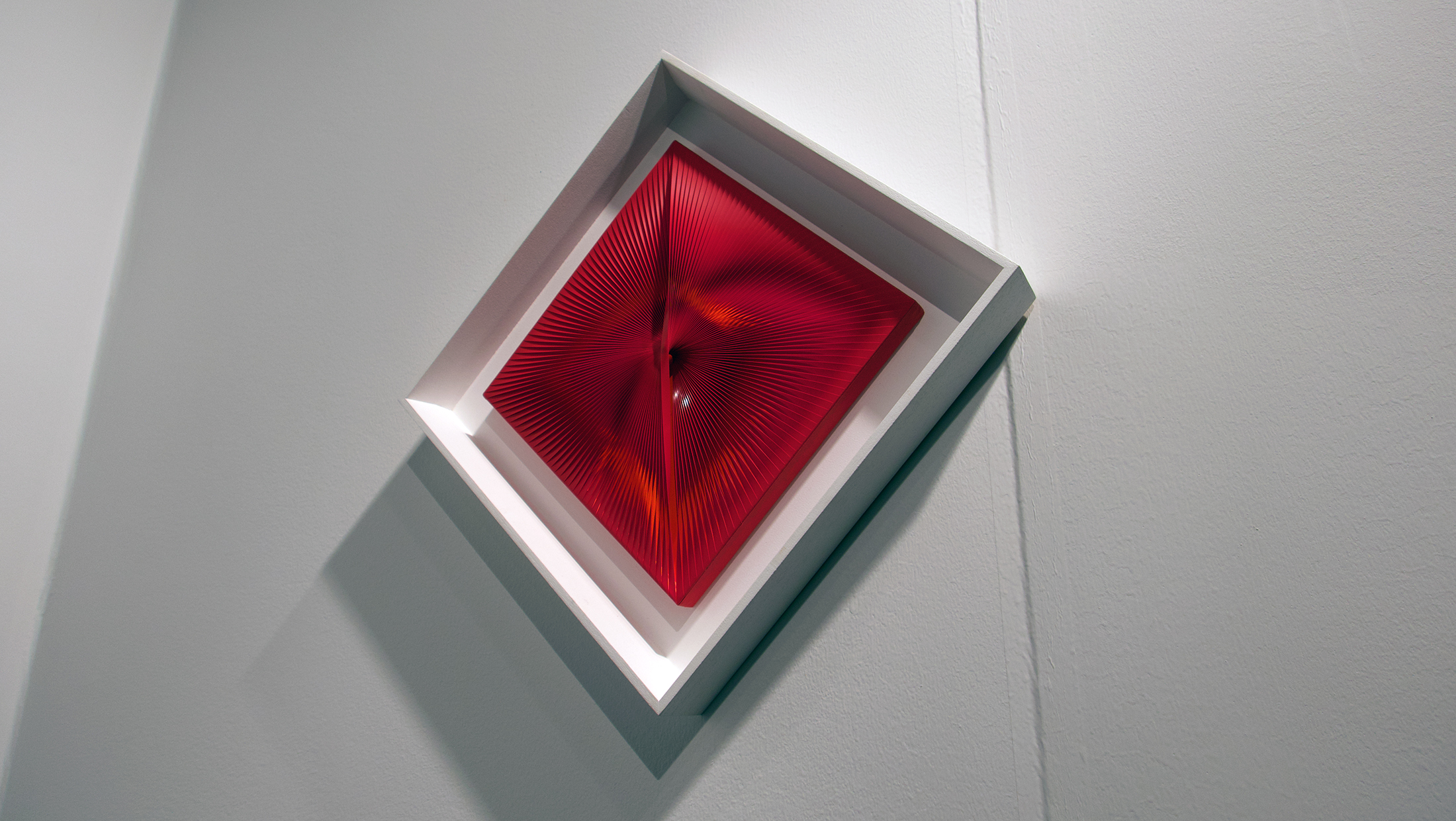
above> untitled / alberto biasi / dep art gallery (milan) booth #400
alberto biasi is one of the protagonists of post-war italian art, as well as one of the founders of the historic gruppo n. after the loss of his mother, he spent part of his childhood with his paternal grandmother in carrara san giorgio, a small town in the province of padua. biasi returned to his hometown at the end of world war ii, and attended classical high school. he later enrolled in the department of architecture at the university of venice, as well as, in a top-level industrial design course. upon the completion of his studies, in 1958 he began teaching drawing and art history at a public school. from 1969 to 1988, biasi served as professor of advertising graphic arts at the professional institute in padua.
in 1959, he participated in various youthful artistic events and with some peers students of architecture formed the enne-a group. in 1960, he exhibited with enrico castellani, piero manzoni, agostino bonalumi and other european artists at the galleria azimut in milan. also in 1960, during a period characterized by the spirit of innovation and experimentation, he formed gruppo n in close collaboration with manfredo massironi. the following year, he joined the movement “nuove tendenze” (“new trends”). in 1962, as gruppo n, he exhibited with bruno munari, enzo mari and milan’s gruppo t in the first programmed art exhibition at the negozio olivetti in milan.
during this period, especially between 1959 and 1960, biasi created the trame, rectangular and permeable objects, where modularity has optical-kinetic implications in relationship between light and the shifting of a person’s gaze. shortly after the realization of the trame series came another important work: namely, rilievi ottico-dinamici, overlapping lamellar structures in contrasting colors that spark special visual effects. always during the 1960s, he produced the torsioni series with the use of mostly bicolor lamelle, used to generate optical dynamism through different observer viewpoints, and his ambienti pieces. he also realized light prisms, which he designed in 1962 and were transferred to environmental dimensions in 1969.
/////
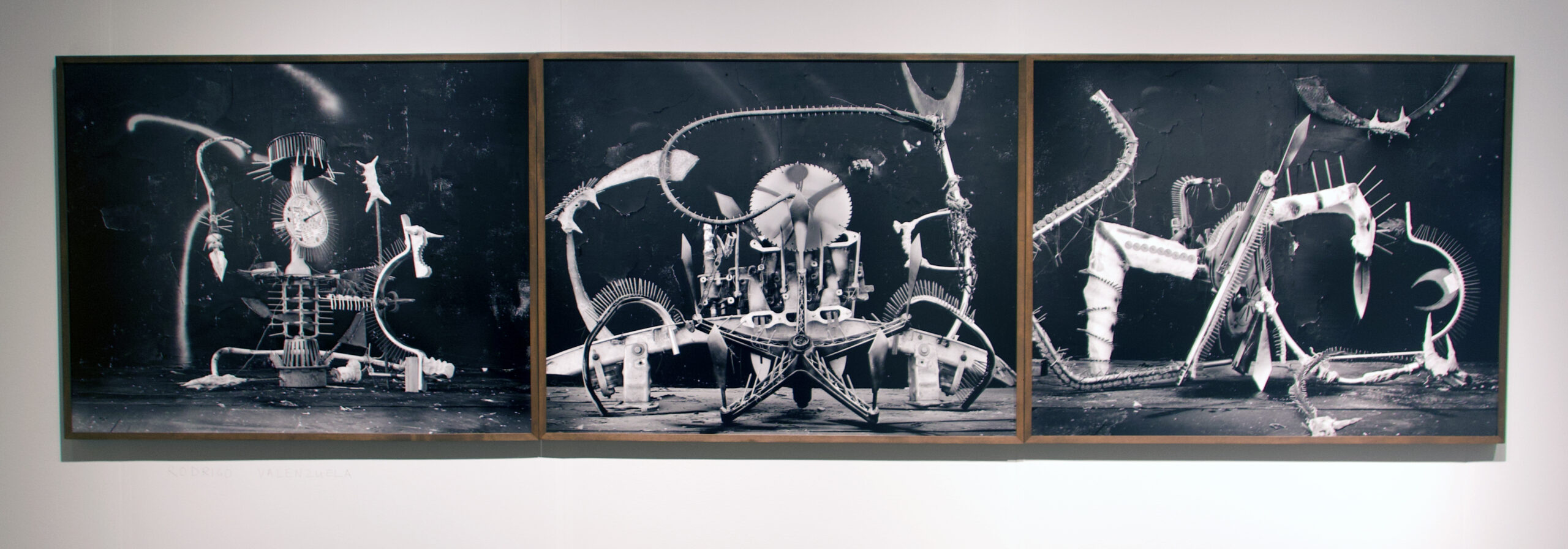
above> various / rodrigo valensuela / asya geisber gallery (new york) booth #473
rodrigo valenzuela works across photography, video, and installation, merging his interest in art history, architecture, the concept of work, and the realities of laborers. valenzuela builds scenes in his studio, often working with simple building materials such as cinder blocks, pipes, wooden palettes, corrugated metal, and two-by-fours. the resulting monochrome photographs constantly shift between flatness and architectural space, and between documentary photography and fiction, encouraging an incessant yet pleasurable tension. his compositions resemble miniature ruins built from studio detritus, and are documentative of the artist’s performance in the studio. simultaneously, they clearly reference certain modernist masters – be it abstract-expressionist painters or minimalist sculptors – as well as latin-american brutalist architecture.
rodrigo valenzuela (b. santiago, chile 1982) lives and work in los angeles, ca, where he is an assistant professor and head of the photography department at ucla. valenzuela is the recipient of the 2021 guggenheim fellowship in photography and smithsonian artist research fellowship. he has received the joan mitchell award, art matters foundation grant, and artist trust innovators award. recent solo exhibitions include screen series at the new museum, ny (2019), lisa kandlhofer galerie, vienna, au (2018), work in its place, jordan schnitzer museum of art, eugene (2018); american-type, orange county museum (2018); labor standards, portland art museum (2018); future ruins, frye art museum, seattle (2015). recent residencies include the core fellowship at the museum of fine arts, houston, tx, skowhegan school of painting and sculpture, me, macdowell colony, nh, bemis center for contemporary arts, ne, lightwork, syracuse, ny, and the center for photography at woodstock, ny.
/////
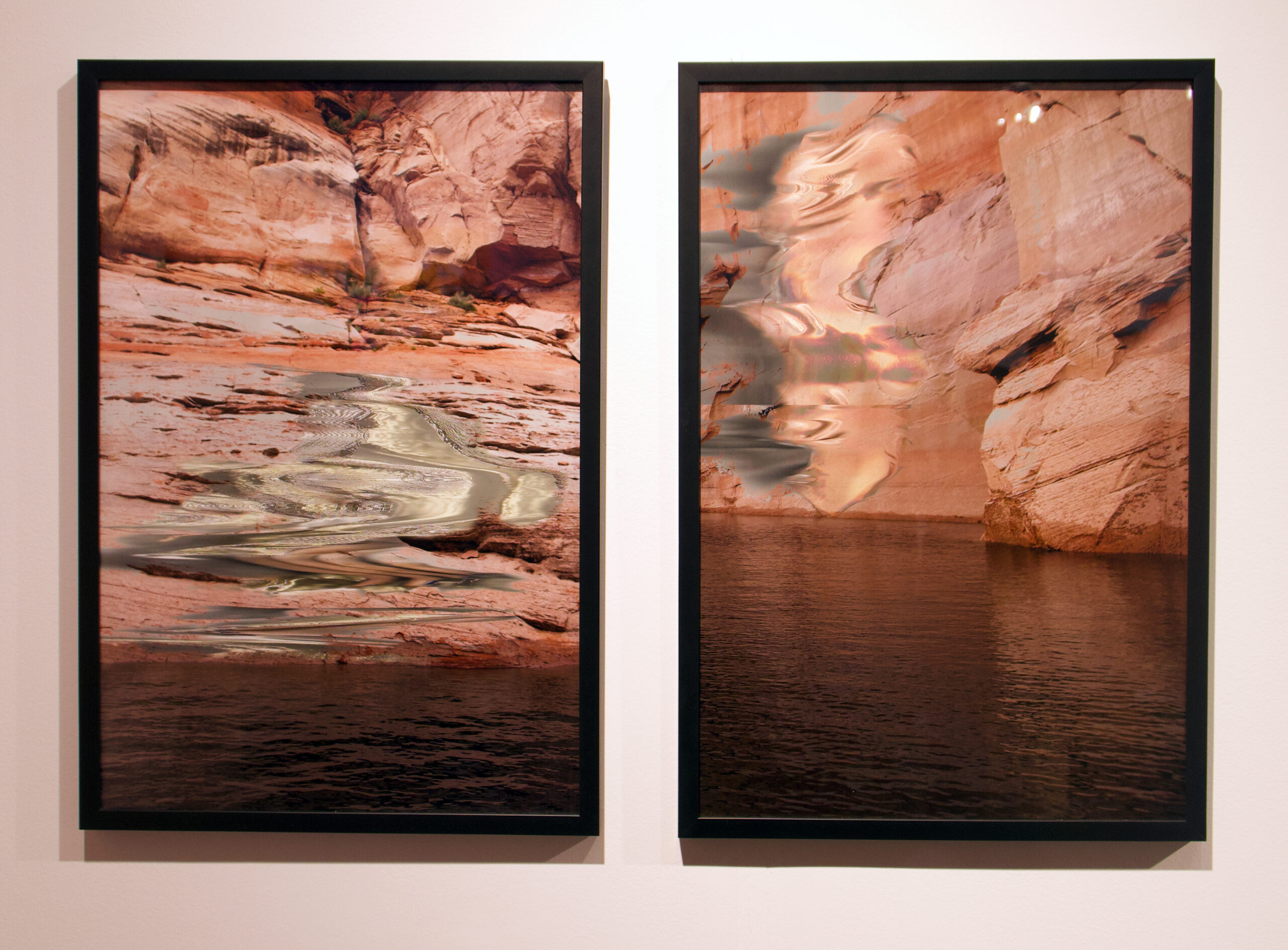
above> lithostatic / farah salem / hyde park artcenter (chicago / lisbon) booth #453 / 2022
the hyde park art center is proud to present a micro-exhibition of works by regina agu and farah salem that reflect on the relationship between geography, the body, and the histories and traditions embedded in landscapes. salem’s most recent multimedia installations trace relationships between land and ancestral healing practices. informed by her profession as an art therapist and counselor applying somatic-based therapies for trauma healing, research and experiments with movement-based and musical traditions from the arabian peninsula, salem’s practice explores the potential erasure of socio-cultural conditioning that influences and distorts shared realities. salem studied graphic design.
/////
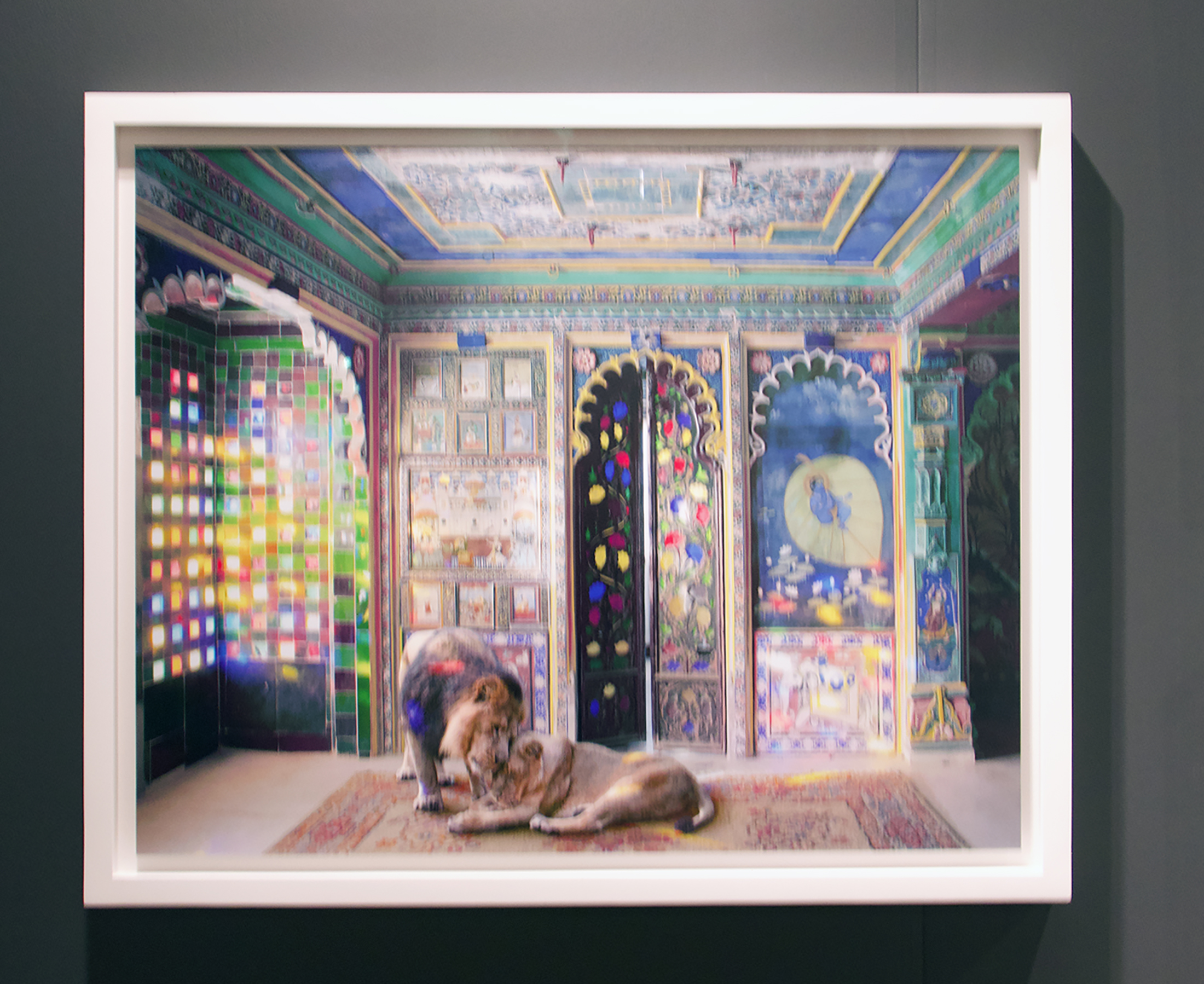
above> karen knorr / sundaram tagore gallery (new york) booth #209
american/british artist and activist karen knorr (b. 1954) is known for her sumptuous, conceptually driven photographs that employ opulent palaces, museums and temples of western europe and asia to frame issues of power rooted in cultural heritage.
knorr was born to american parents in frankfurt, germany, and raised in san juan, puerto rico. she studied art in paris and london, where she eventually settled in 1976 and still lives today. her multi-cultural upbringing was deeply influential, especially in the formative years of her career when she used photography to make sense of her world as a young puerto rican american assimilating to life in london. her experience as an outsider is part of what sparked her longtime interest in exploring issues surrounding culture and society.
knorr was also inspired by the artistic practices of friends and contemporaries, including photographers bill brandt, bill owens and diane arbus, as well as conceptual artists michael asher, martha rosler, andrea fraser and hans haacke, one of the leading proponents of institutional critique. in the 1970s, knorr studied under noted photographer eileen cowin and artist victor burgin, who opened her eyes to new ways of critically engaging with photography and its relationship to institutions and heritage.
over the course of her career, knorr has used video and photography as a method of critical inquest. her work has consistently examined the meaning of place, often drawing from folklore, myths and allegories to express contemporary ideas. more recently, her titles reference historic works of literature, such as aesop’s fables, the poems of ovid and ancient epics from india, including the rāmāyana, the mahābhārata and the panchatantra.
knorr uses this layered storytelling approach to distance herself from more literal documentary photography. lush, playful and spectacularly colorful, her images of exotic animals digitally fused into grand architectural settings are as aesthetically thrilling as they are thought-provoking. knorr’s work resides almost exclusively in place and space.
/////
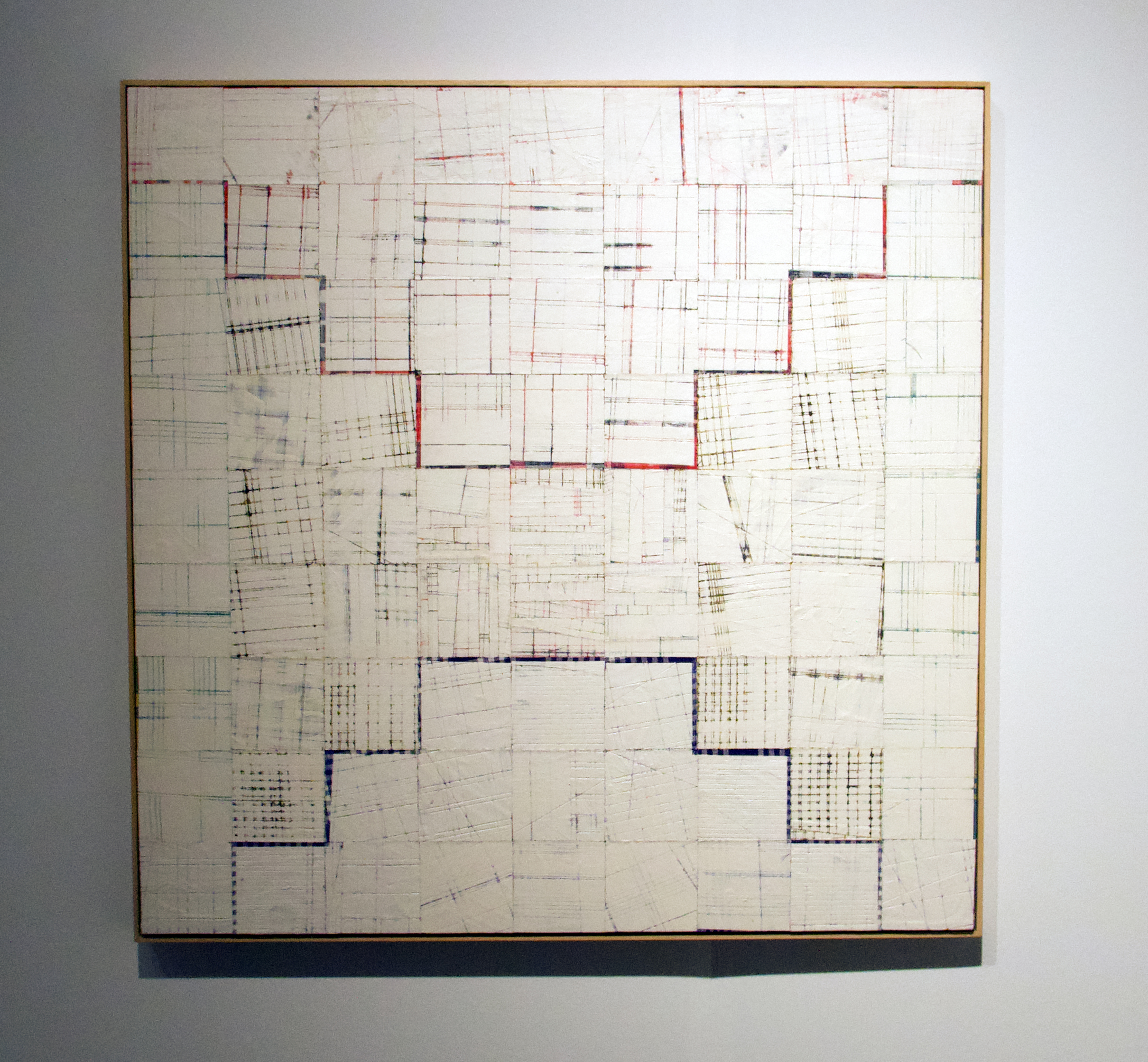
above> pimba agida lll / remy jungerman / fridman gallery (new york) booth #276 / 2020
in his work, remy jungerman explores the intersection of pattern and symbol in surinamese maroon culture, the larger african diaspora, and 20th century “modernism.” in bringing seemingly disparate visual languages into conversation, jungerman’s work challenges the established art historical canon. as art and culture critic greg tate has remarked “jungerman’s work leaps boldly and adroitly into the epistemological gap between culturally confident maroon self-knowledge and the dutch learning curve around all things jungerman, afropean and eurocentric.”
born and raised in suriname, he is a descendant, on his mother’s side, of the surinamese maroons who escaped enslavement on dutch plantations to establish self-governed communities in the surinamese rainforest. within their rich culture, many west-african influences are preserved including the prominent use of abstract geometrical patterns. placing fragments of maroon textiles, as well other materials found in the african diaspora such as the kaolin clay used in many african religious traditions or the nails featured in nkisi nkondi power sculpture, in direct contact with materials and imagery drawn from more “established” art traditions, jungerman presents a peripheral vision that can enrich and inform our perspective on art history.
jungerman attended the academy for higher arts and cultural studies in paramaribo, suriname, before moving to amsterdam where he studied at the gerrit rietveld academy. jungerman studied architecture.
/////
entering its tenth year as a leading international art fair, expo chicago, the international exposition of contemporary and modern art will host more than 140 leading international exhibitors at expo chicago 2023 in navy pier’s festival hall, presented alongside one of the highest quality platforms for global contemporary art and culture. the exposition draws upon the city’s rich history as a vibrant international cultural destination, while engaging the region’s contemporary art community and collector base. the 2023 edition of expo chicago will present various programs and events throughout chicago during expo art week (april 10–16, 2023).
vernissage:
thursday, april 13 | 12:00noon – 6:00pm
by invitation only.
general admission:
friday, april 14 | 11:00am – 7:00pm
saturday, april 15 | 11:00am – 7:00pm
sunday, april 16 | 11:00am – 6:00pm
/////




